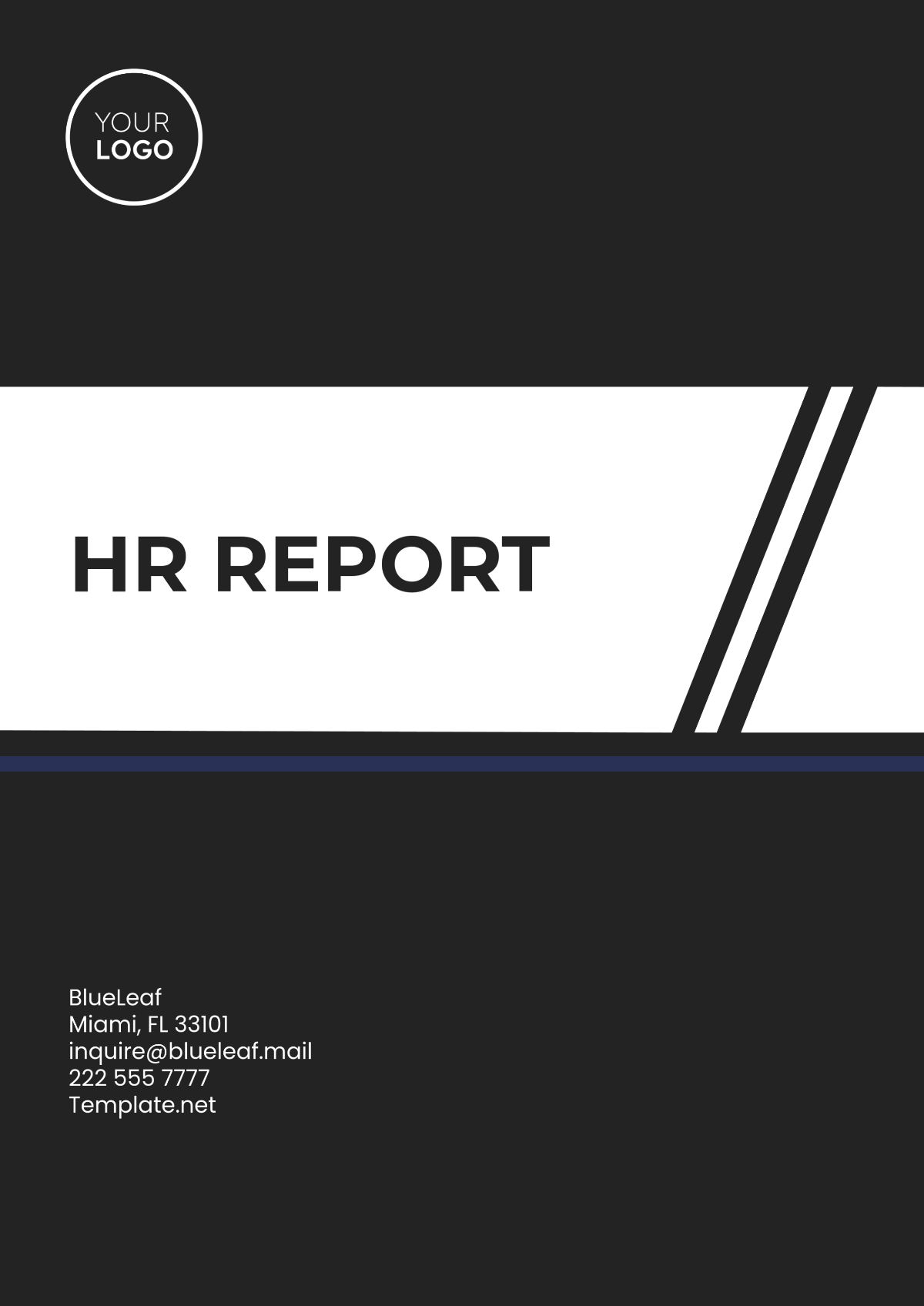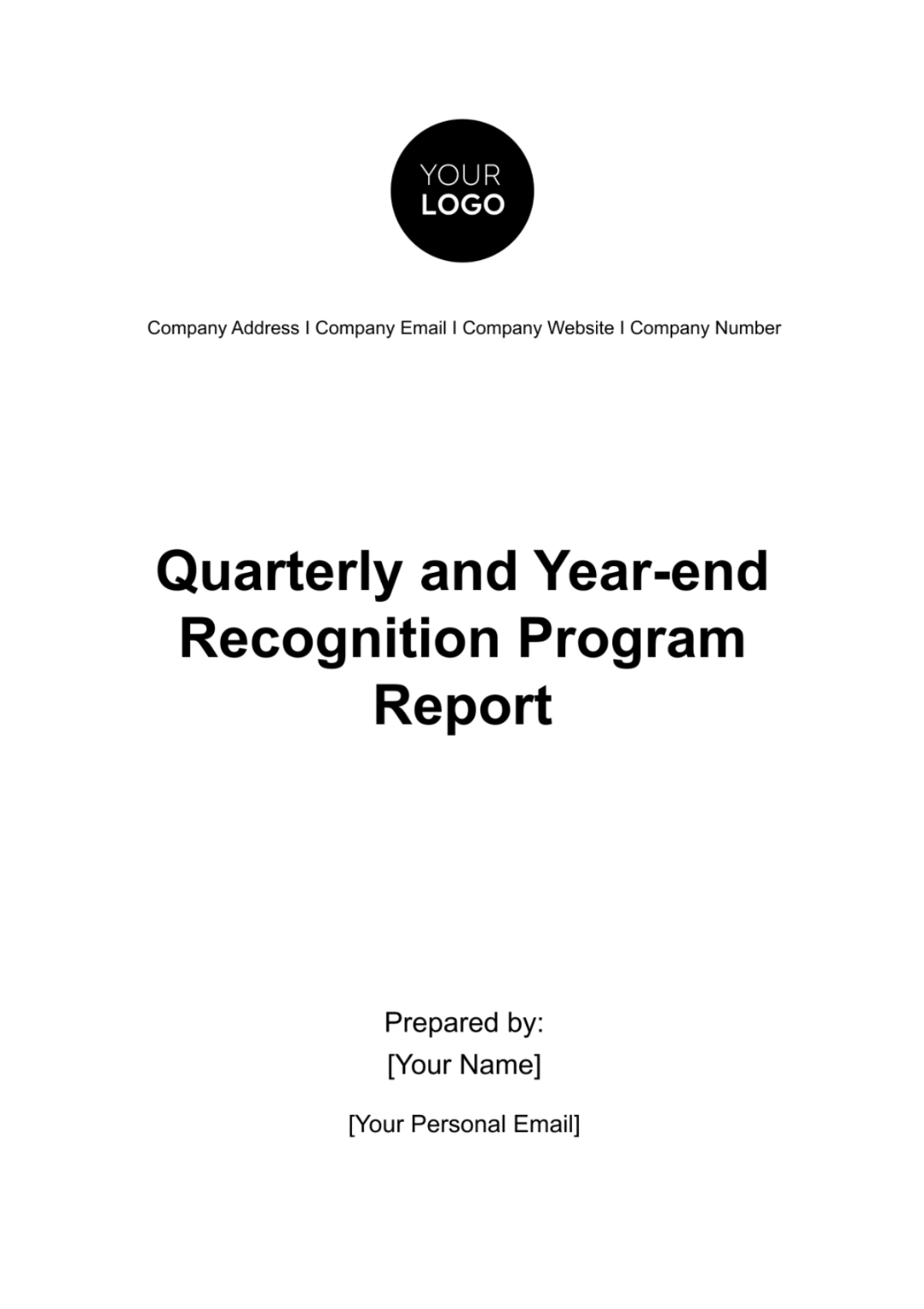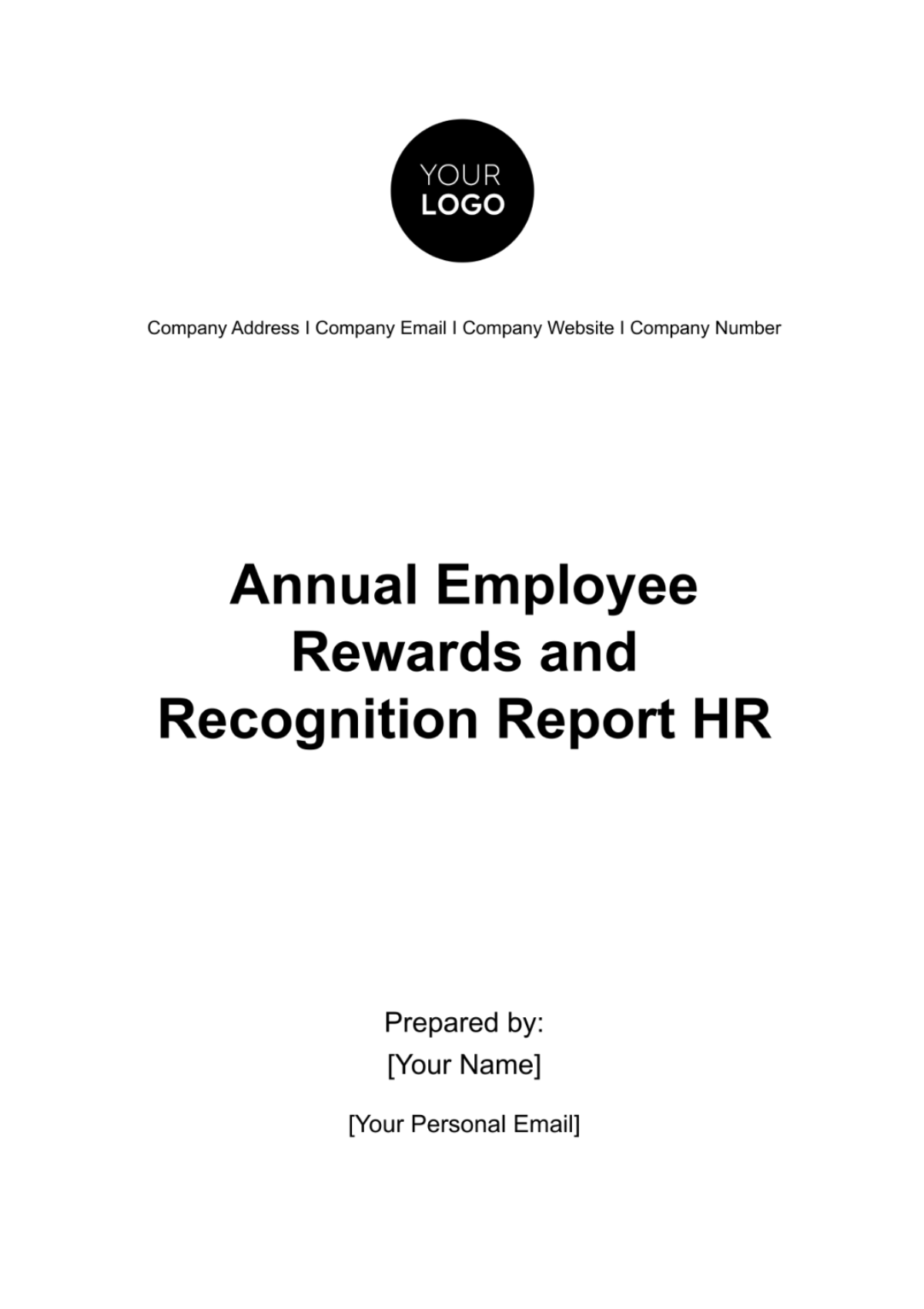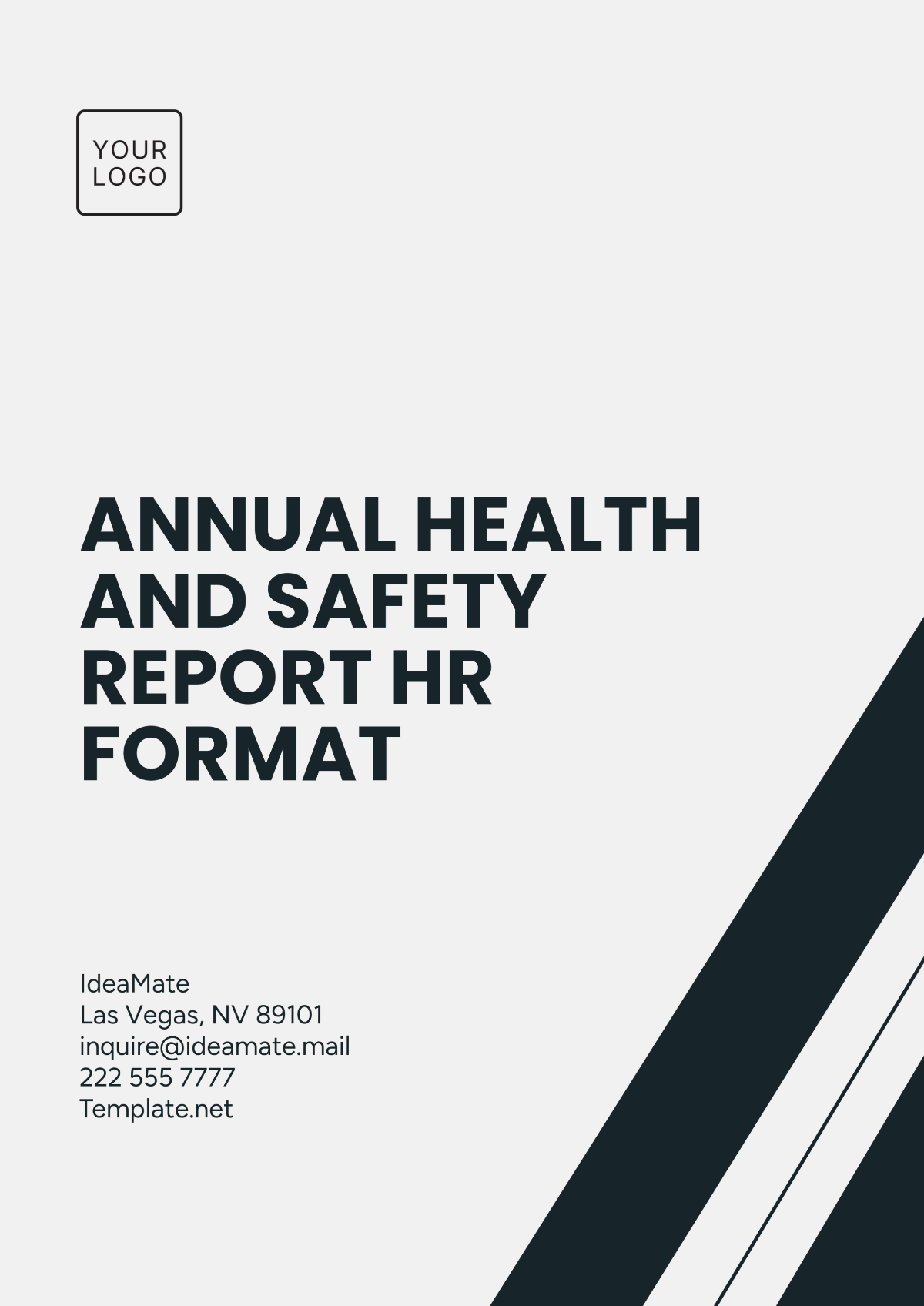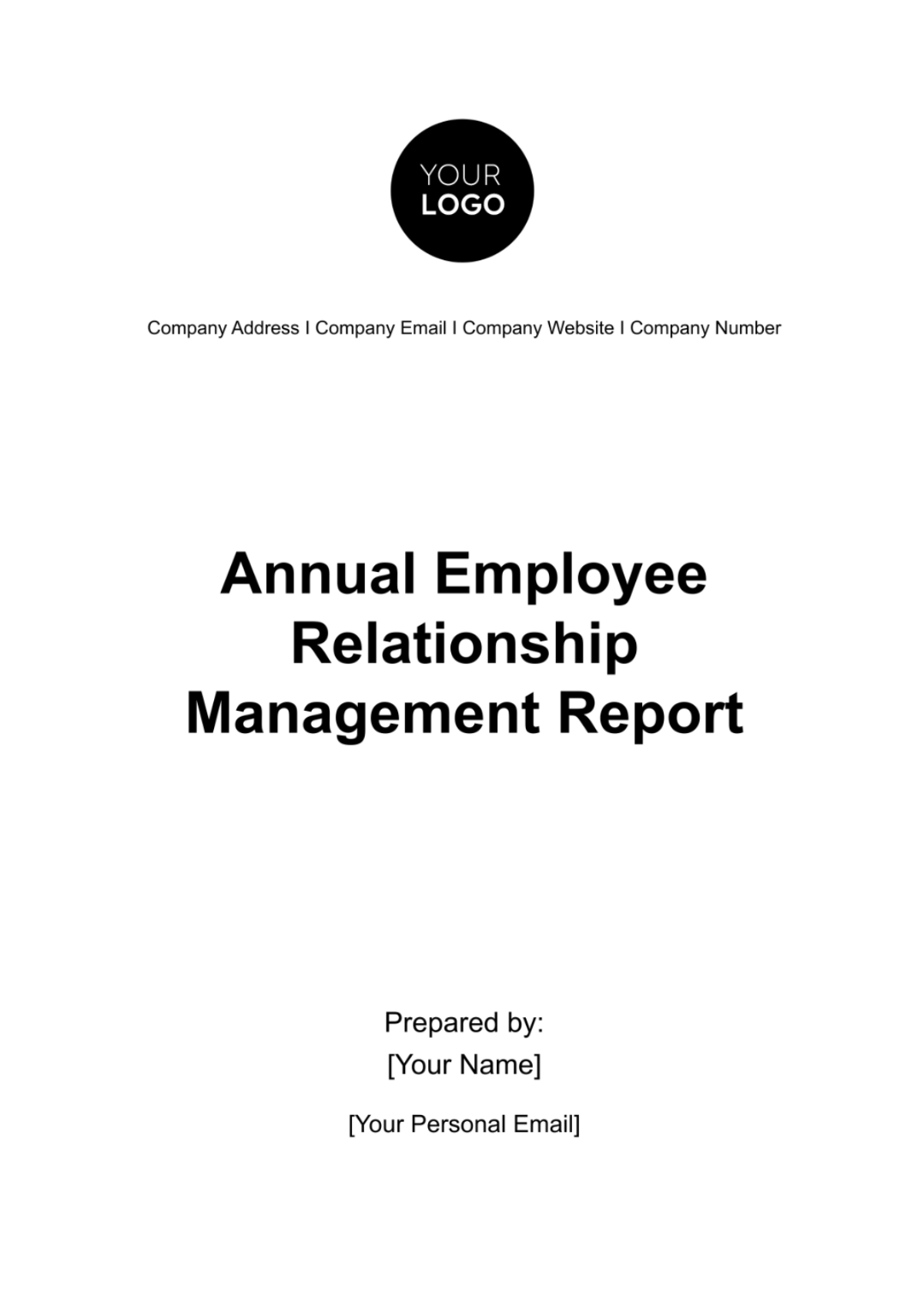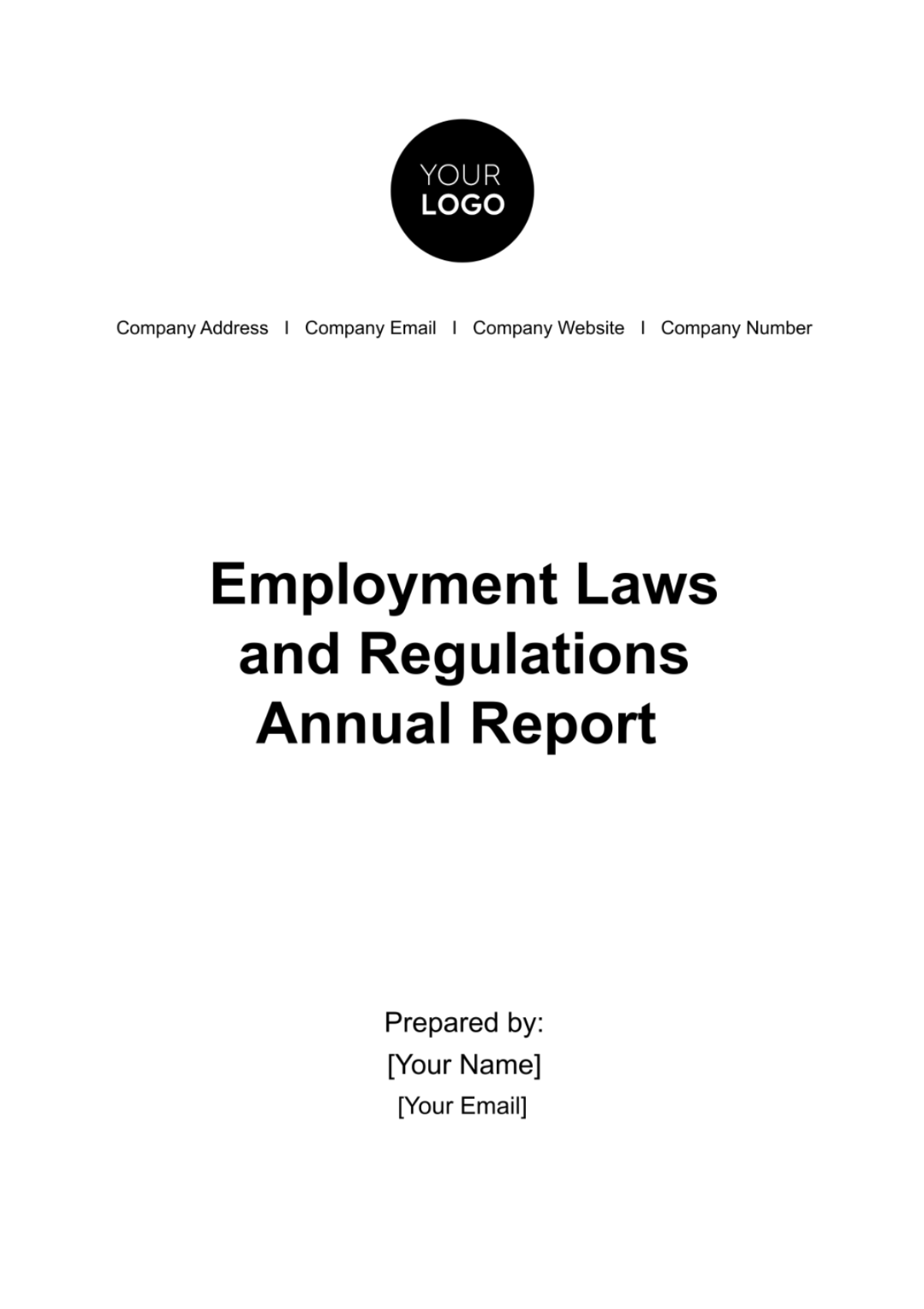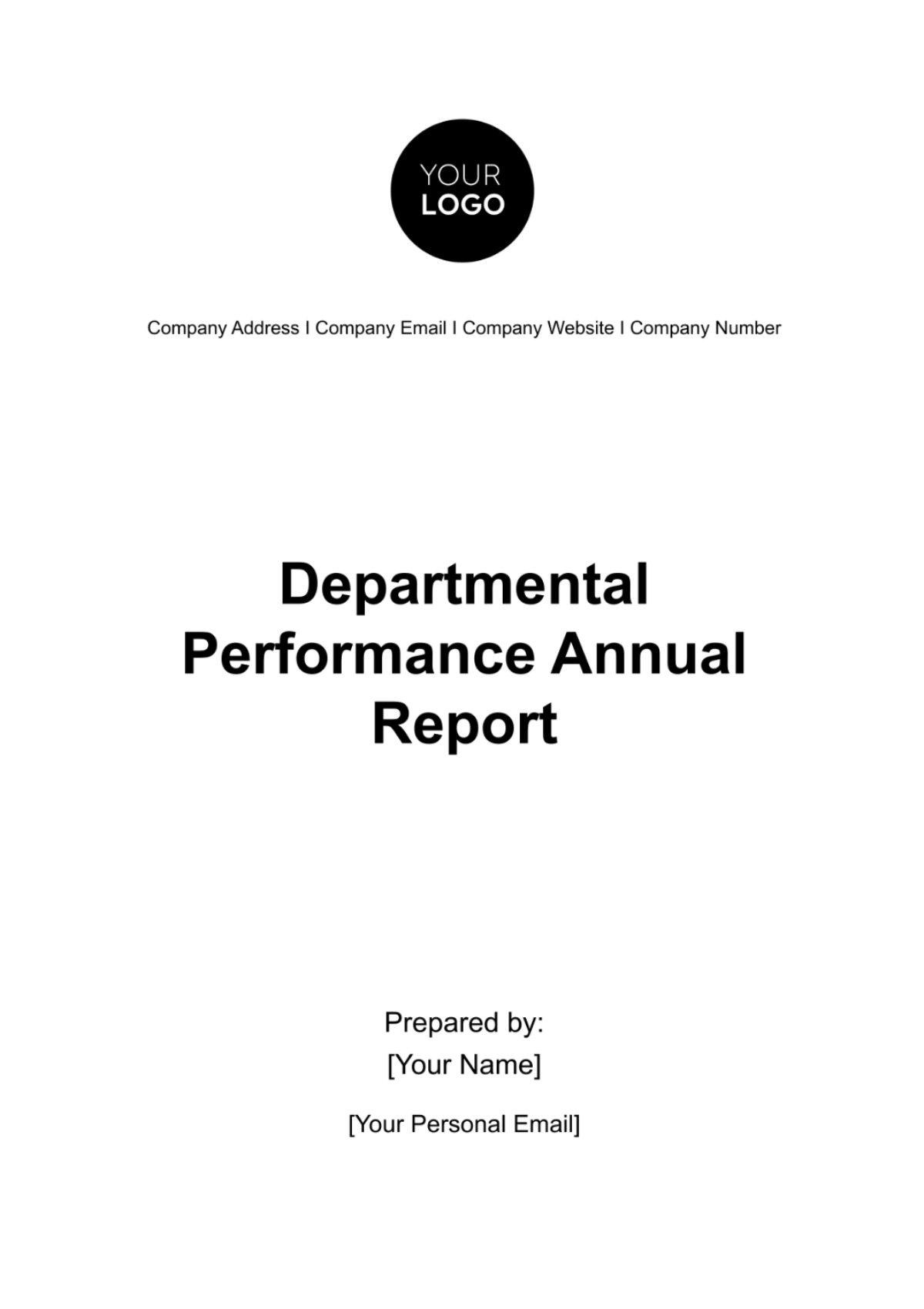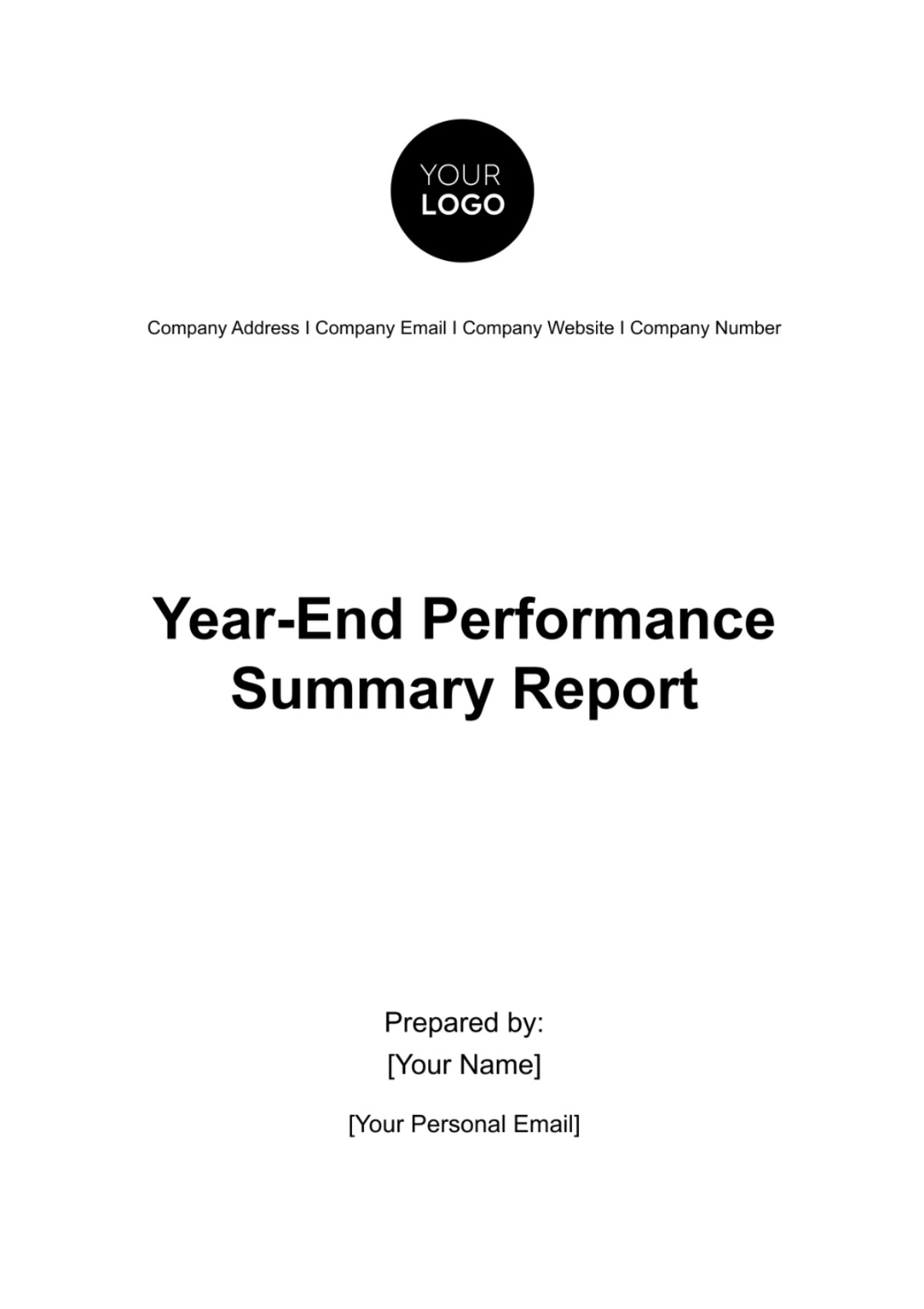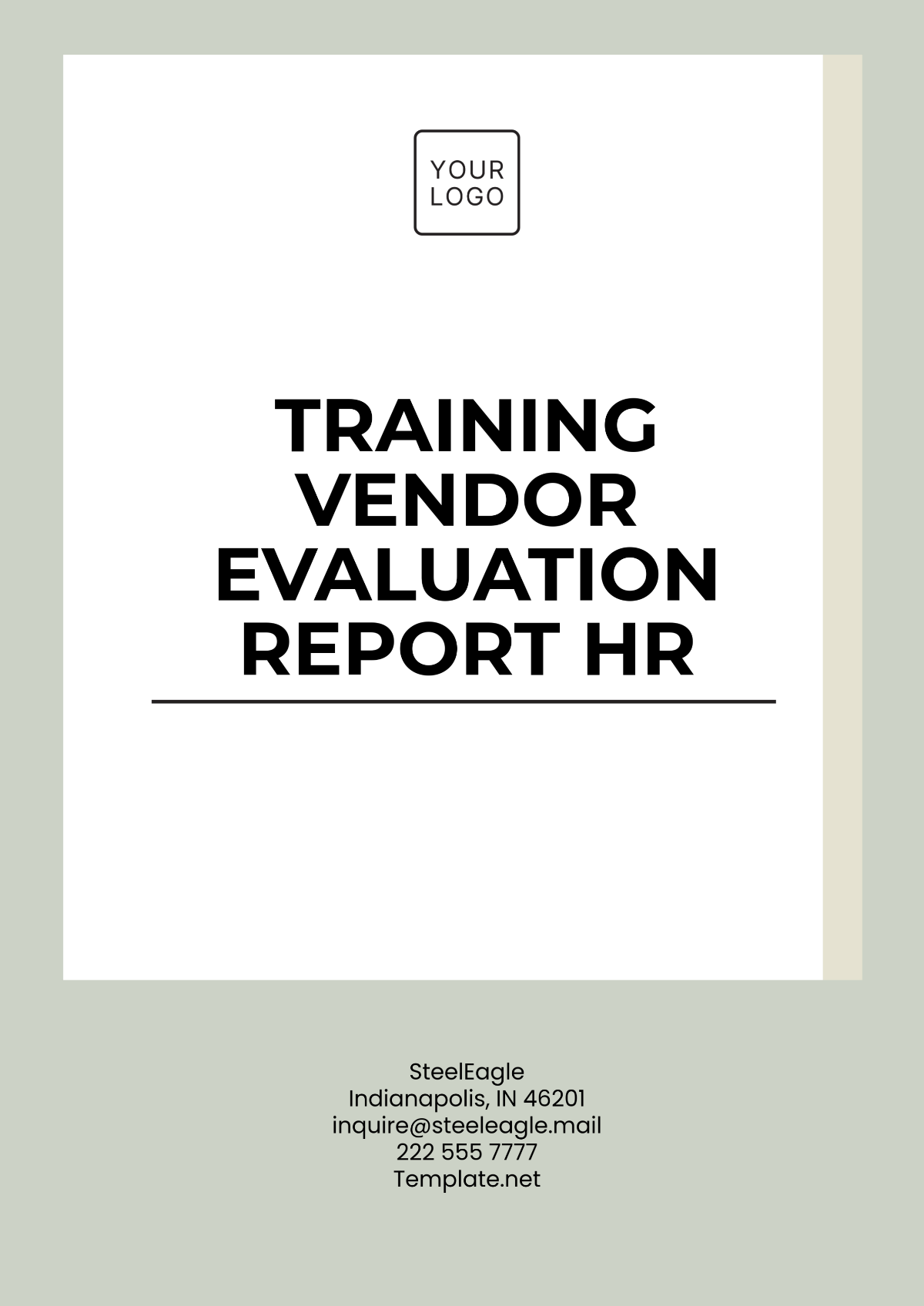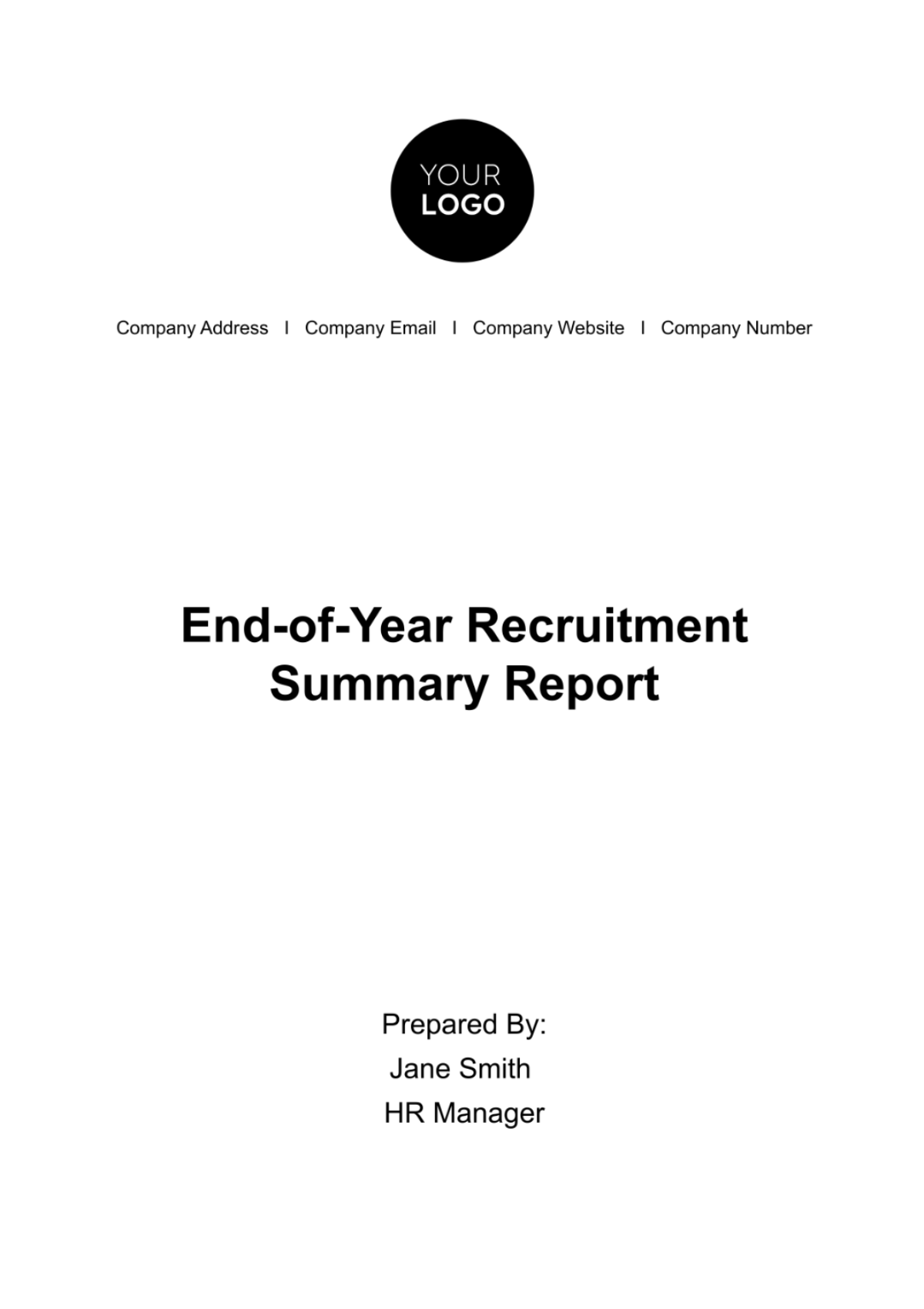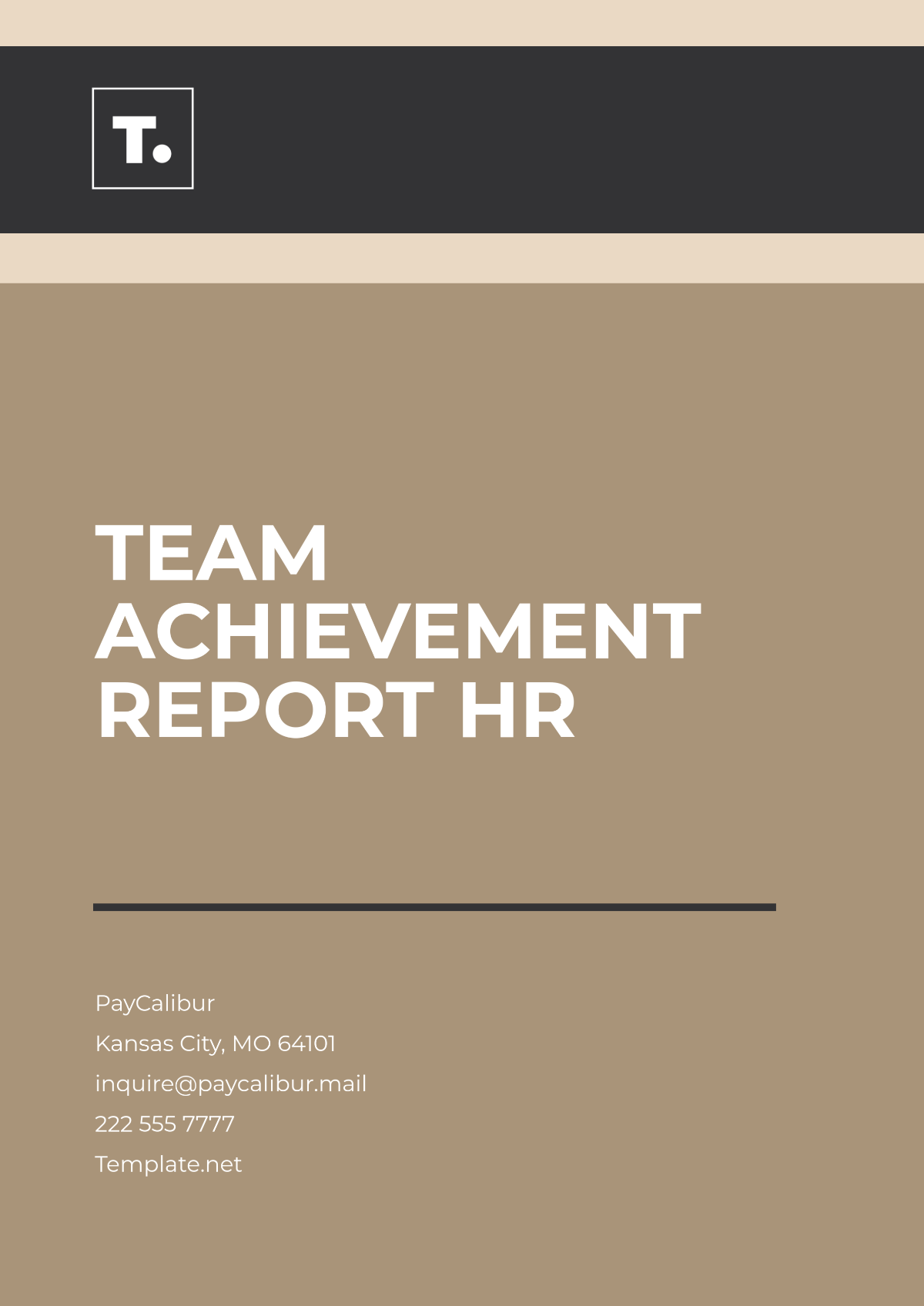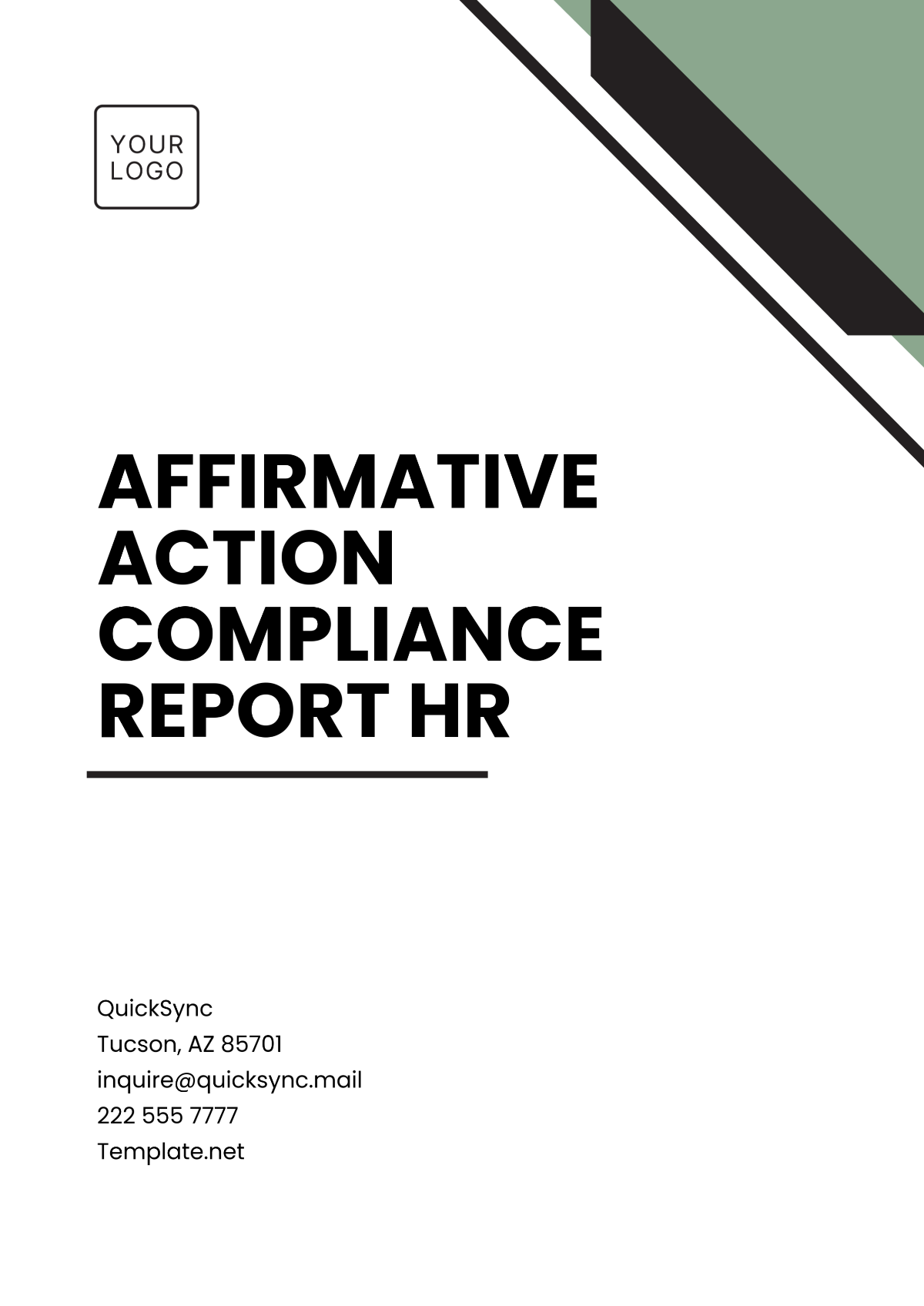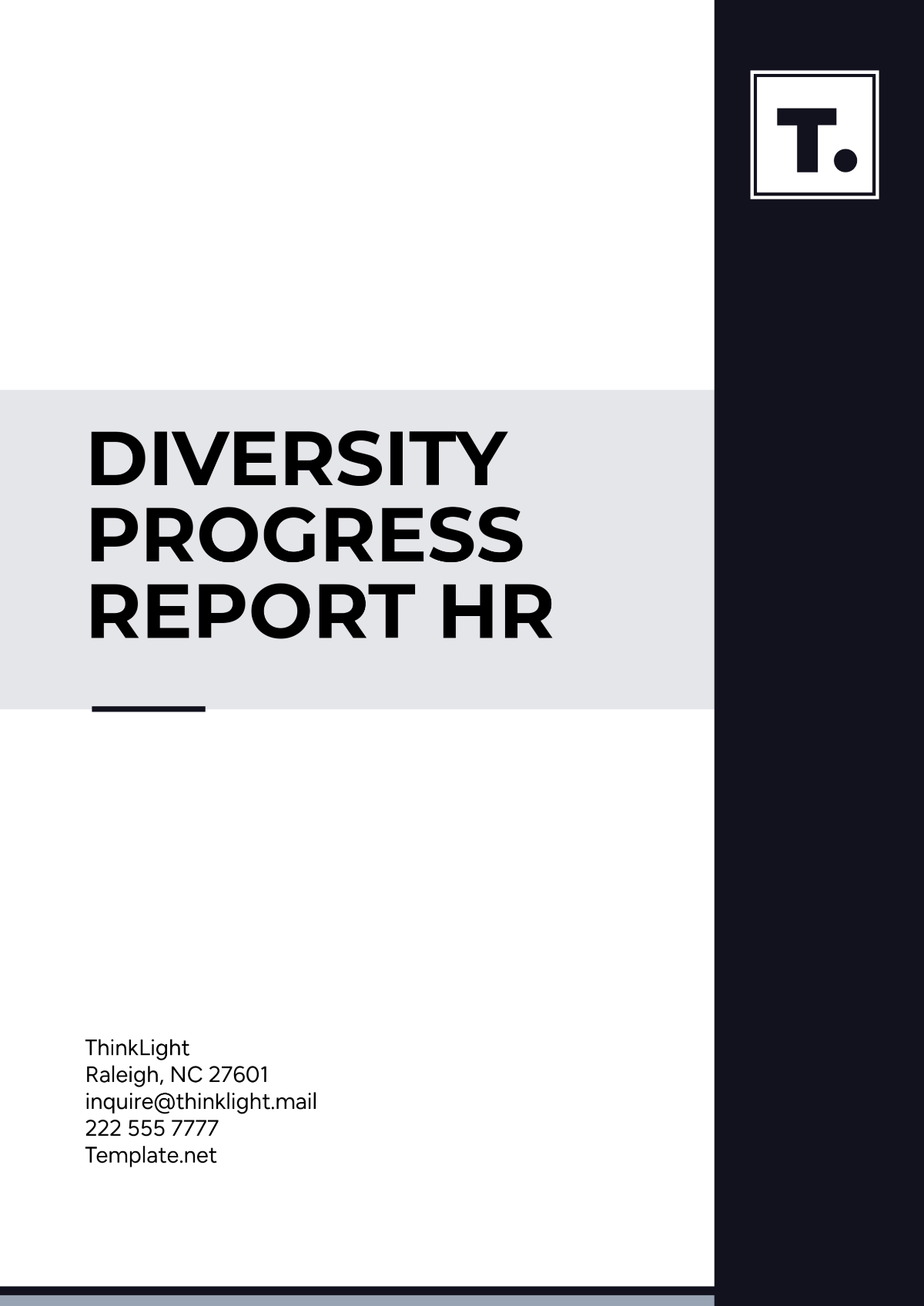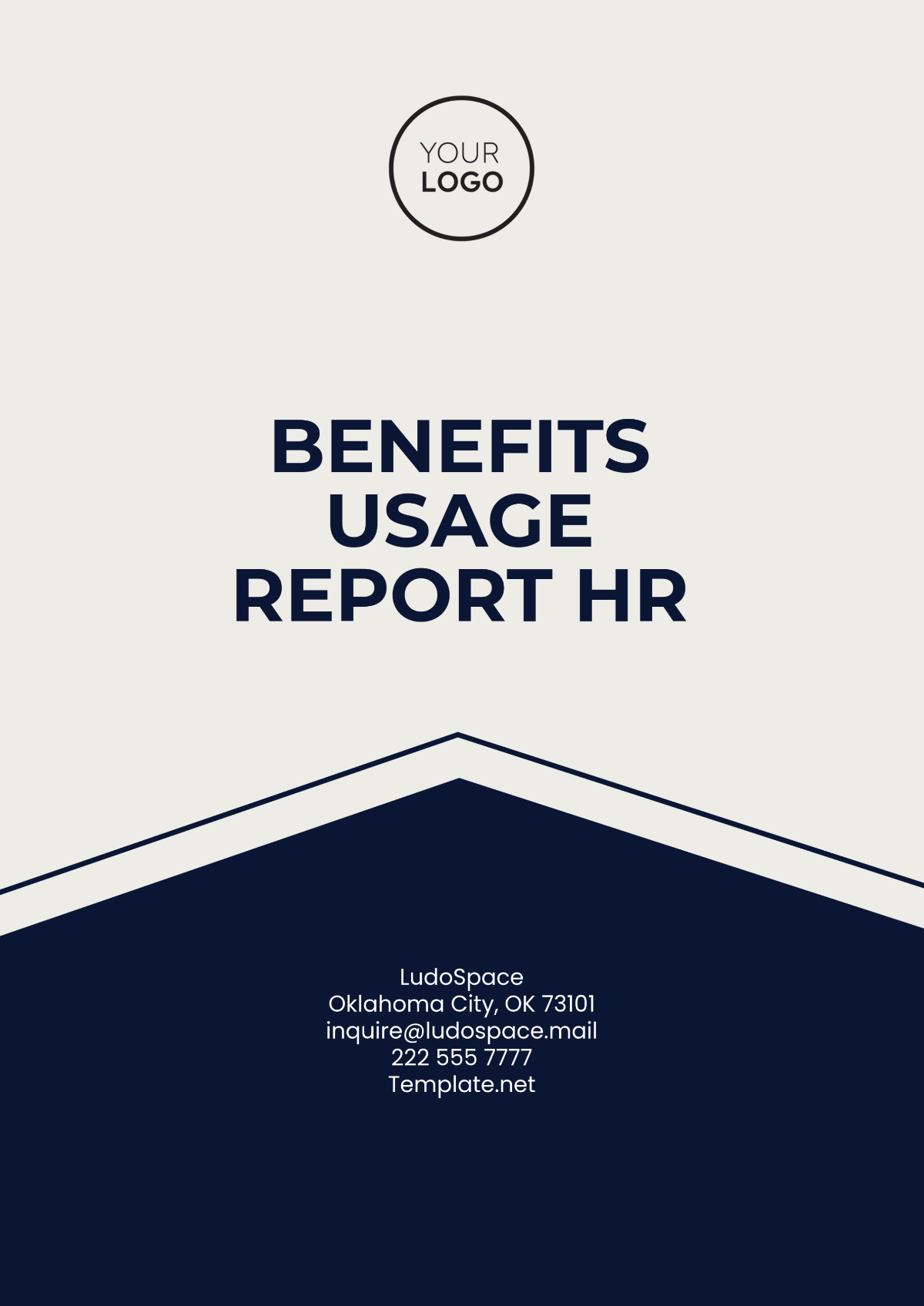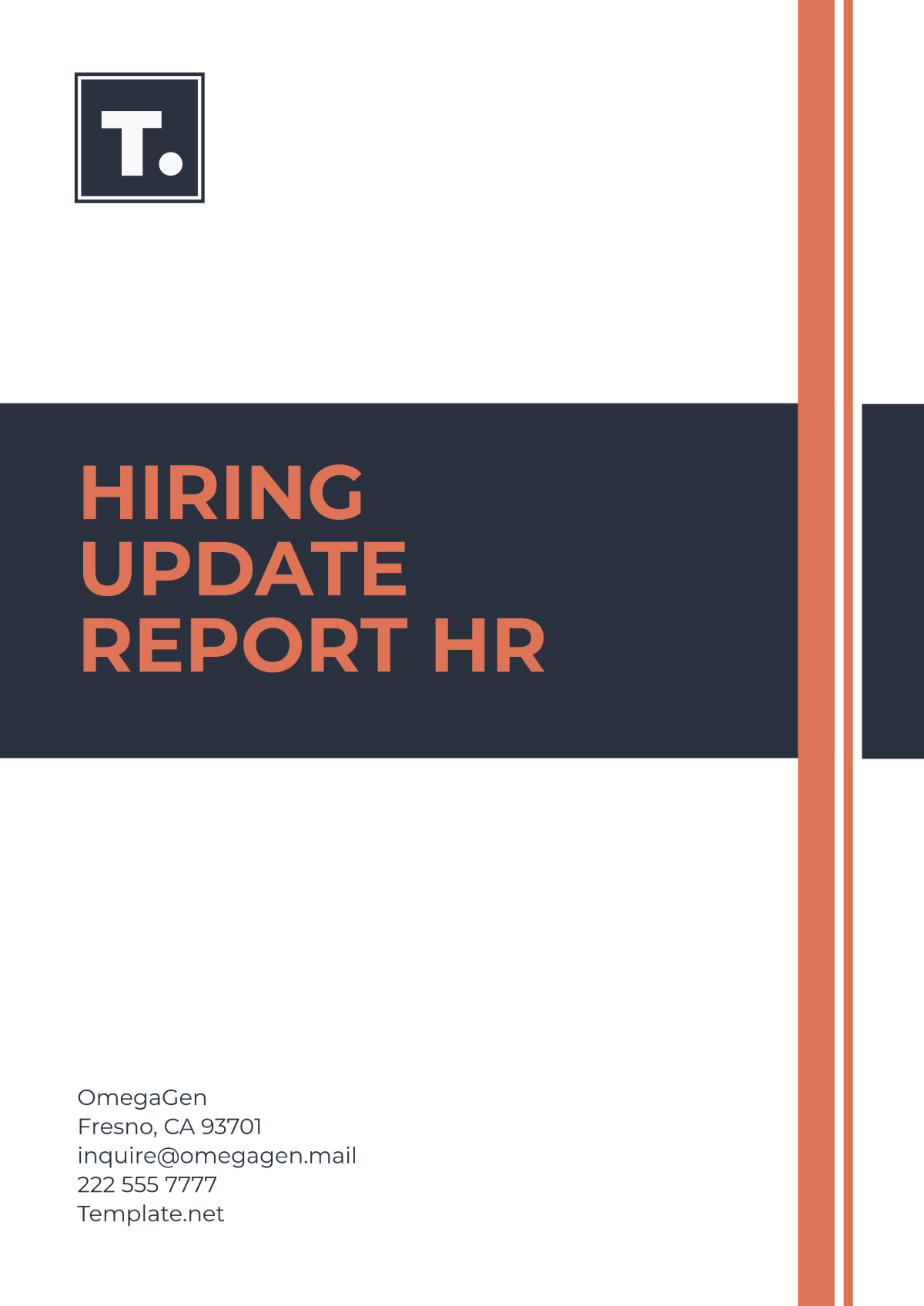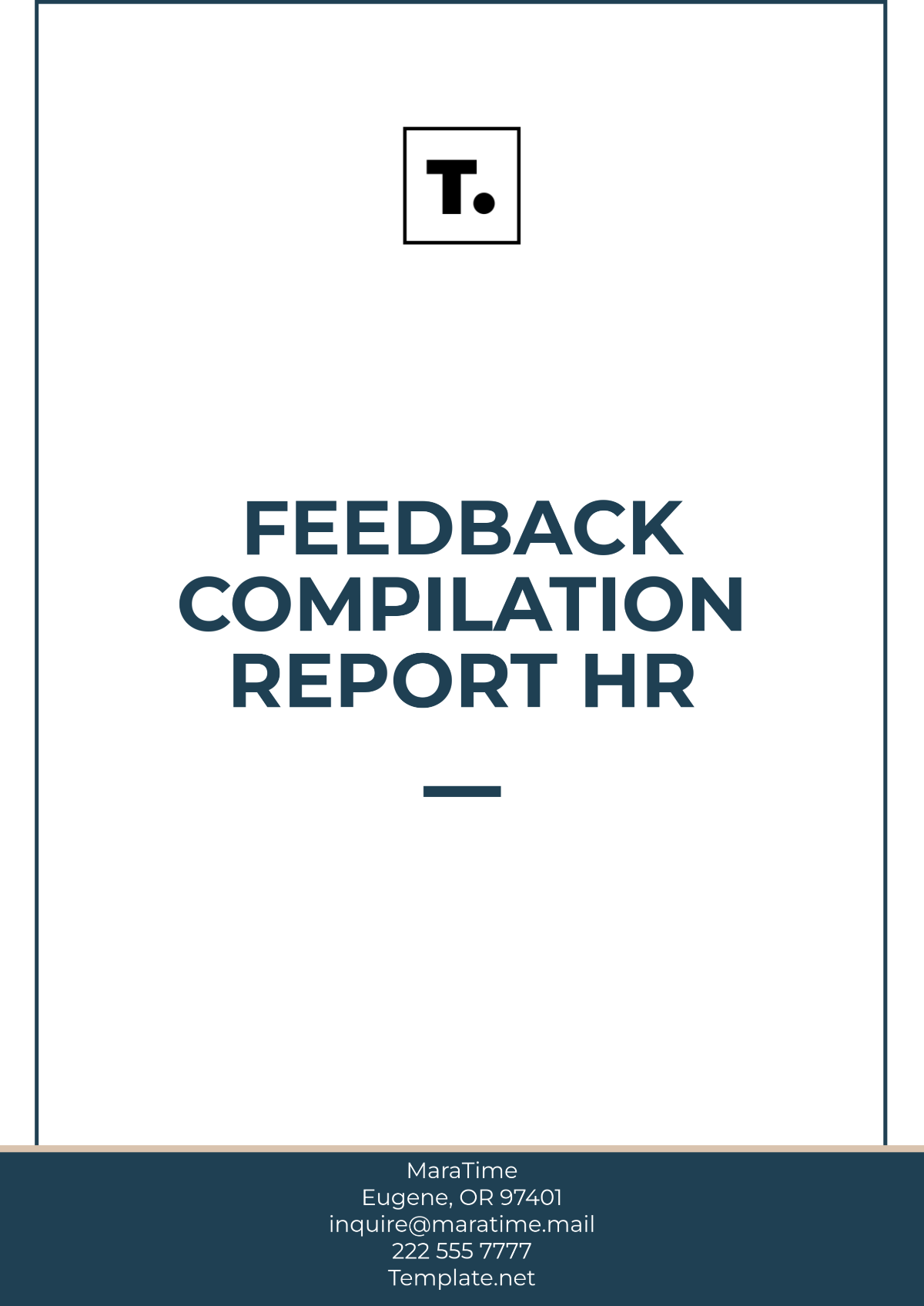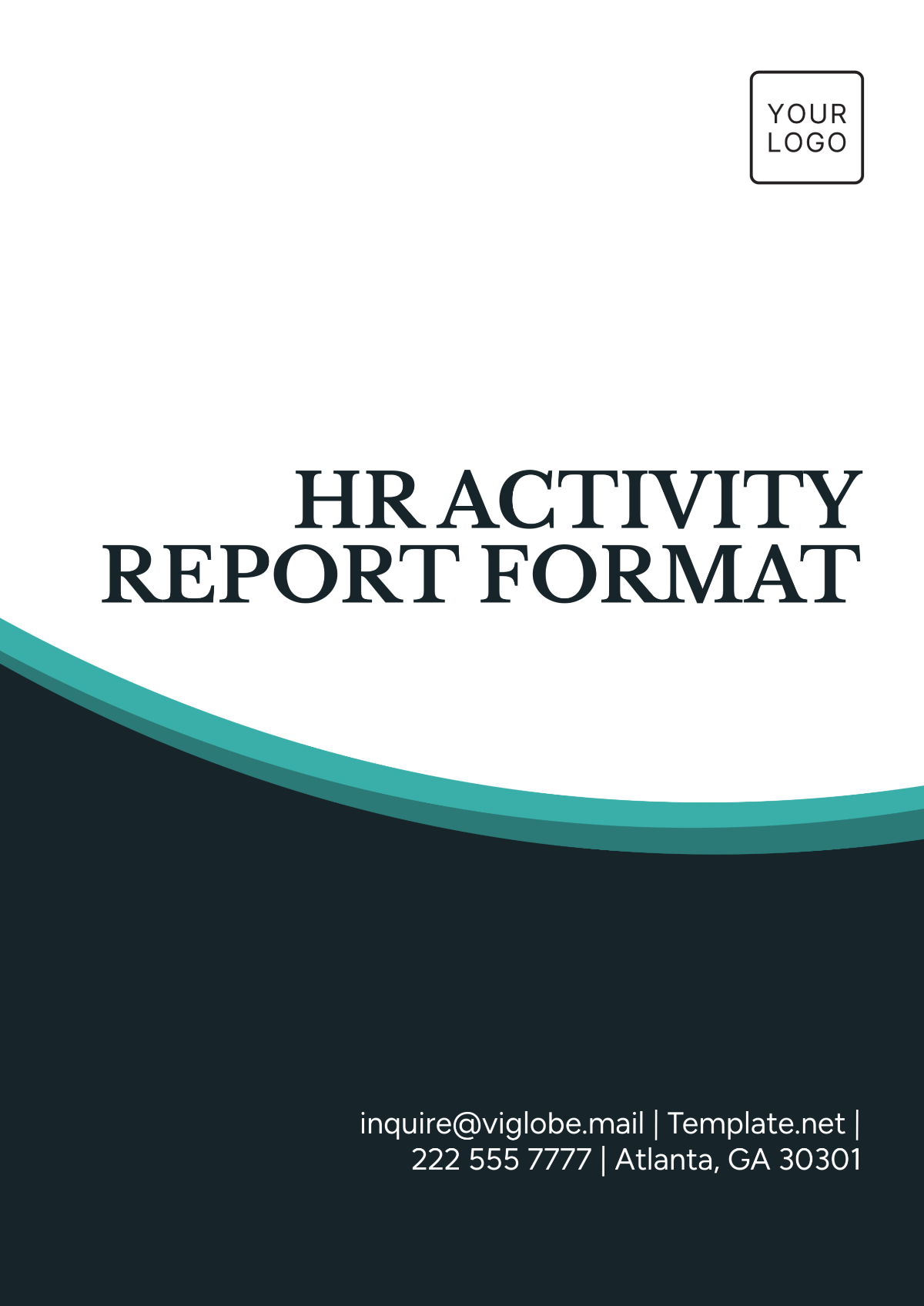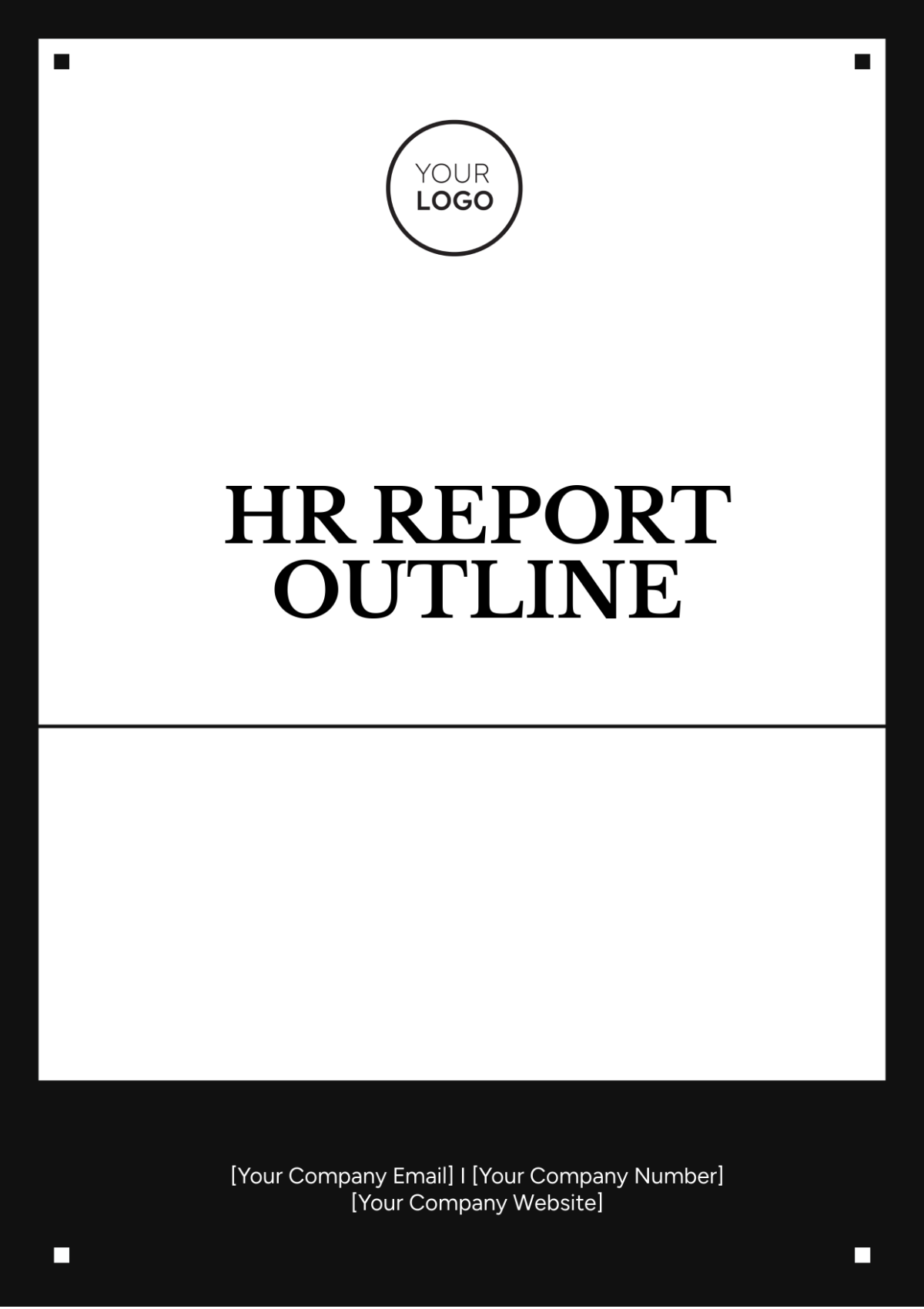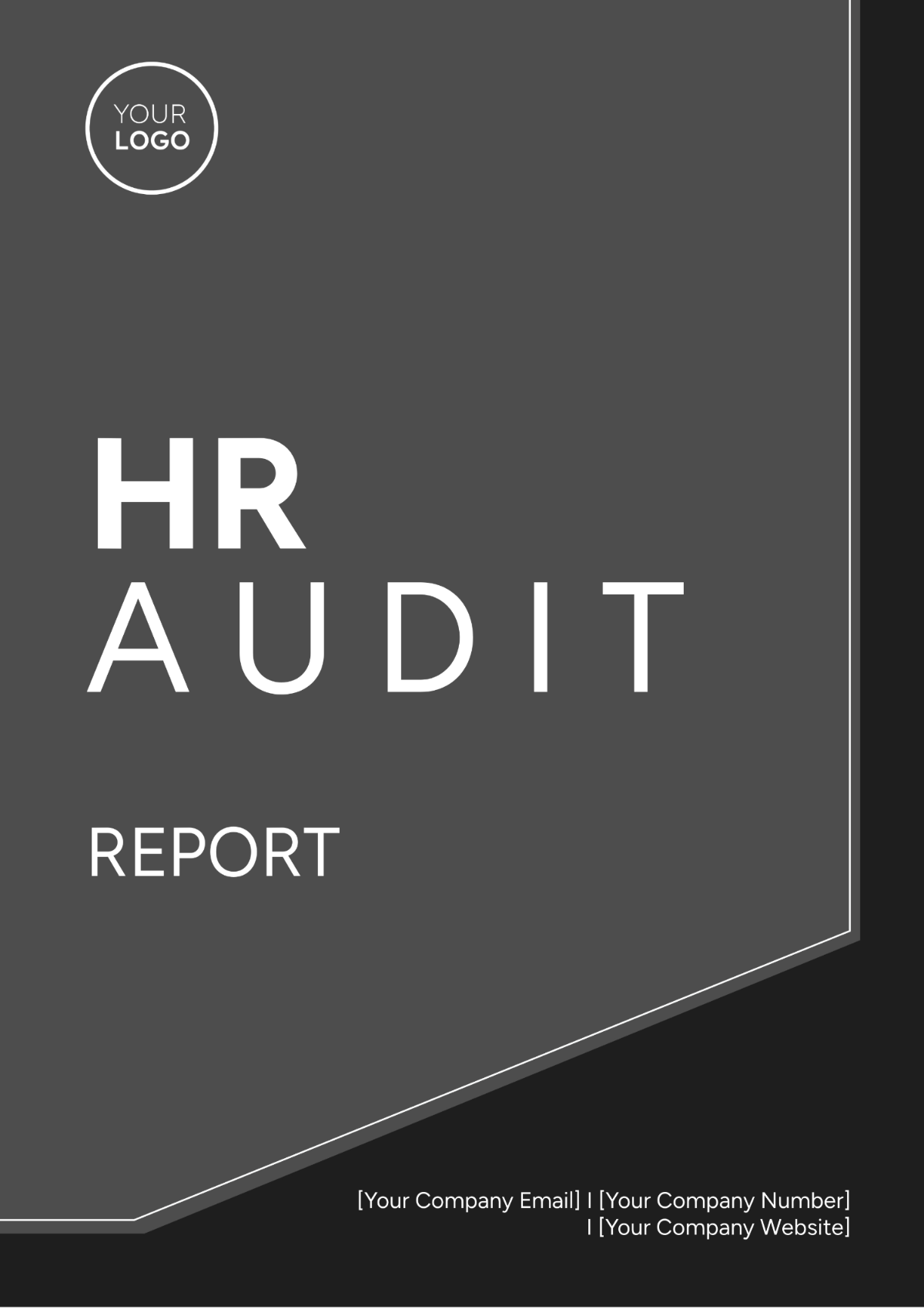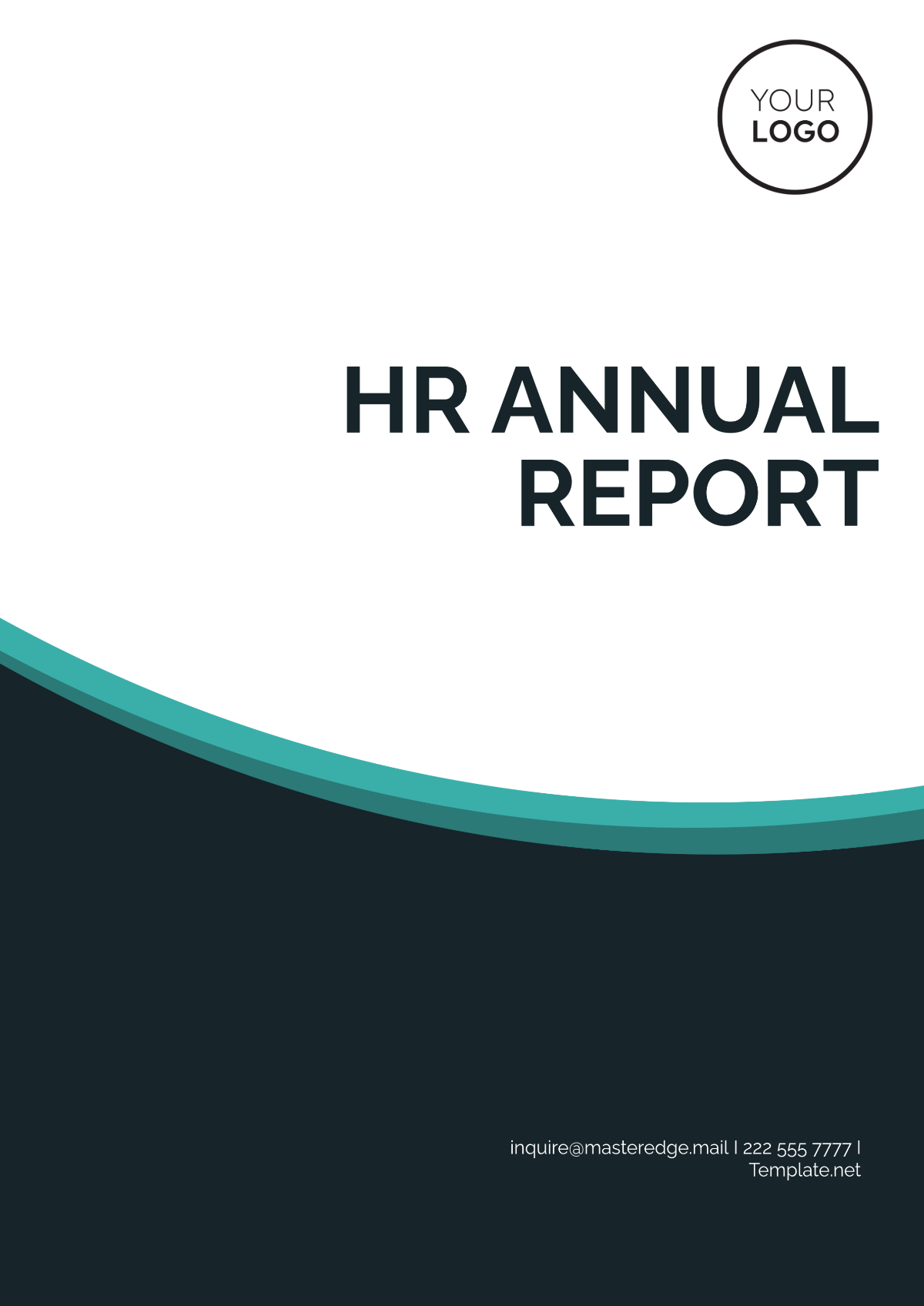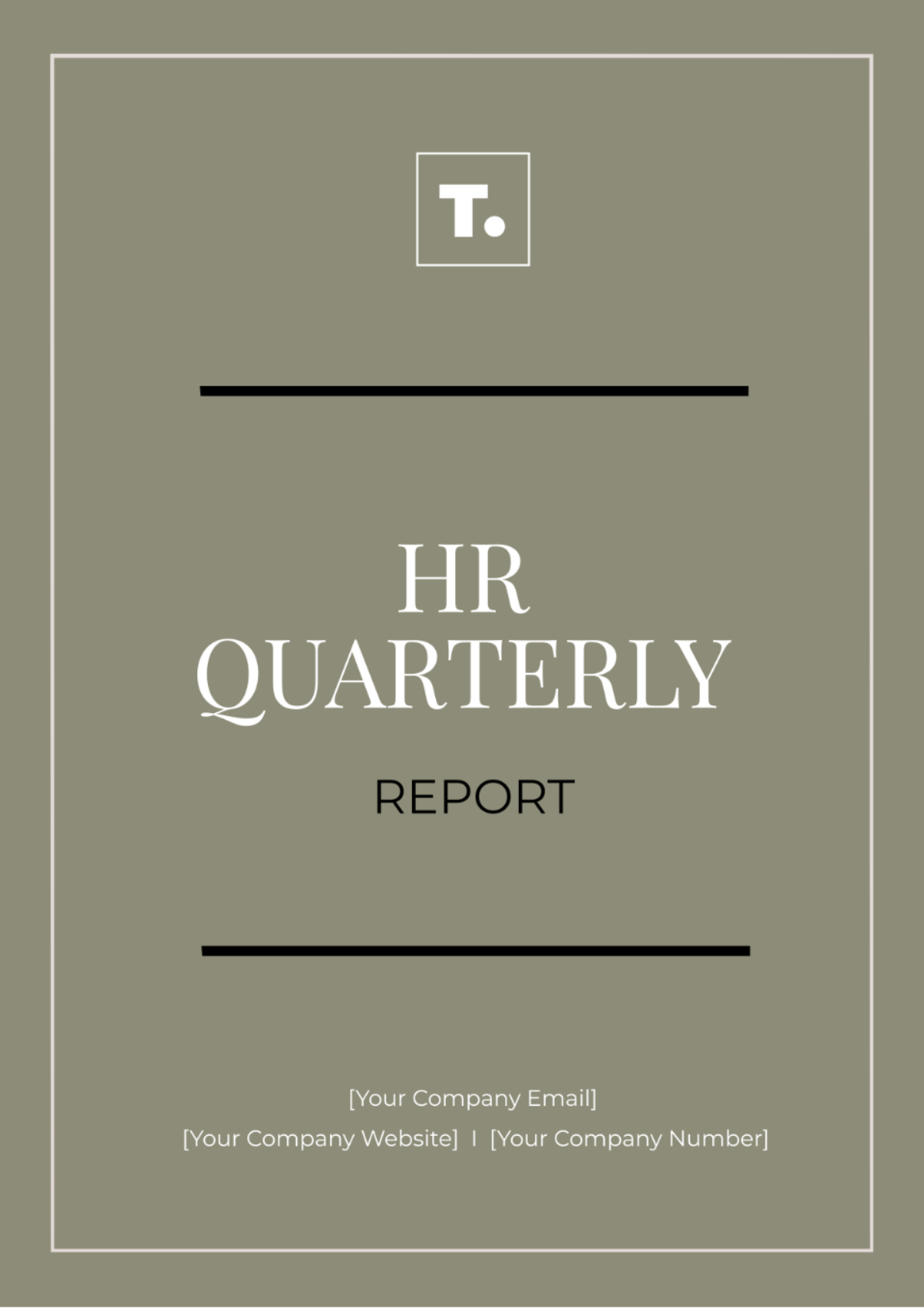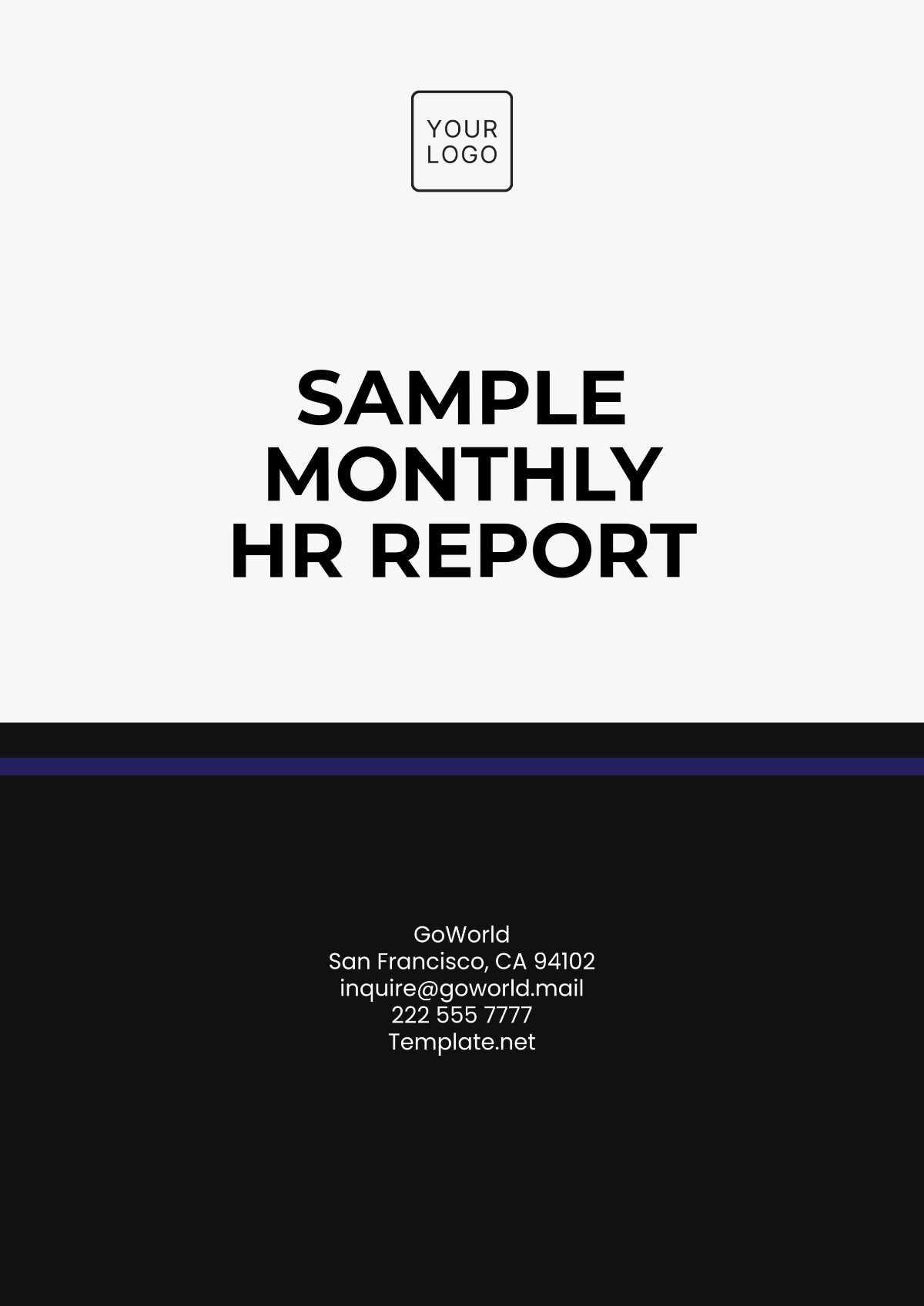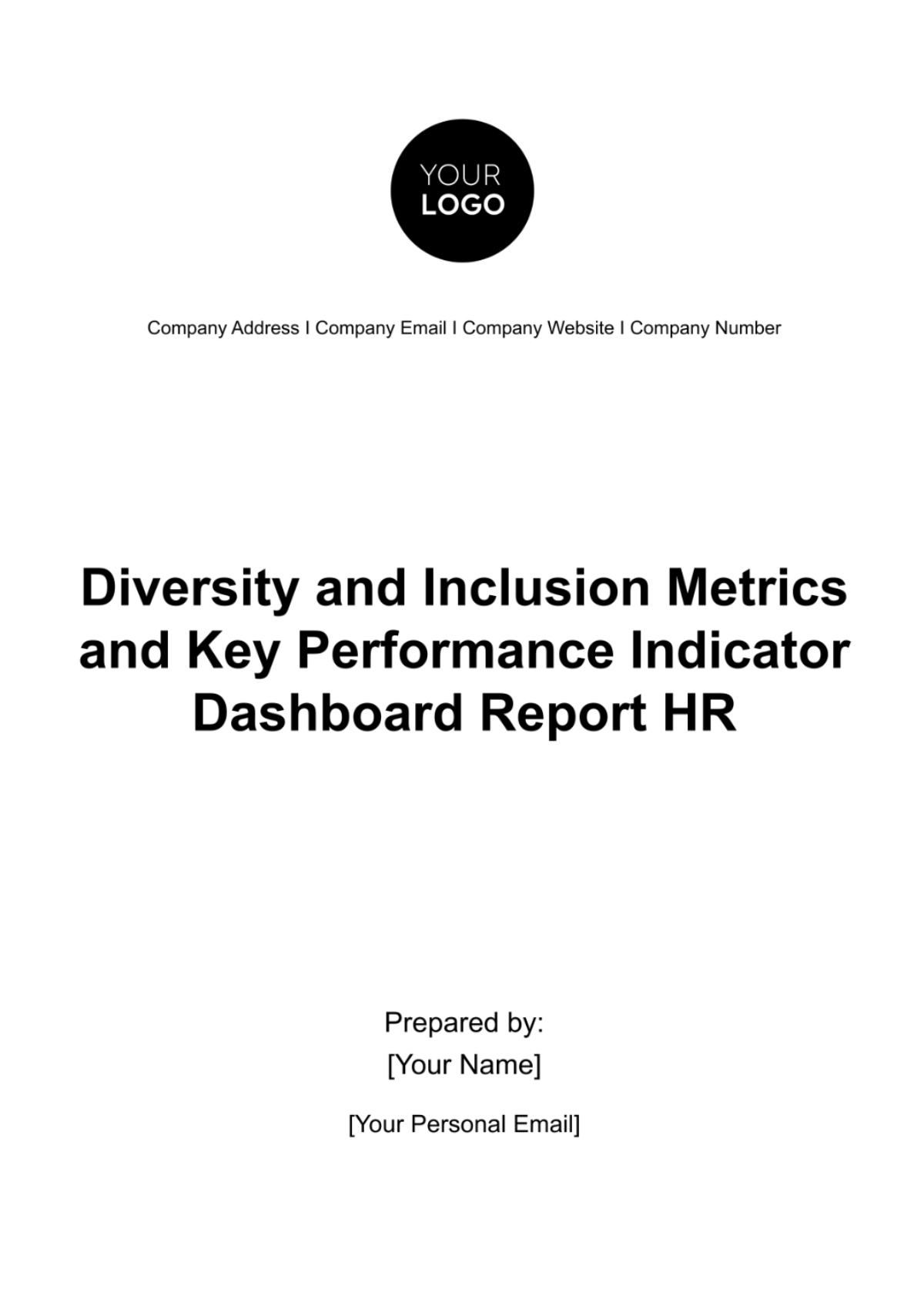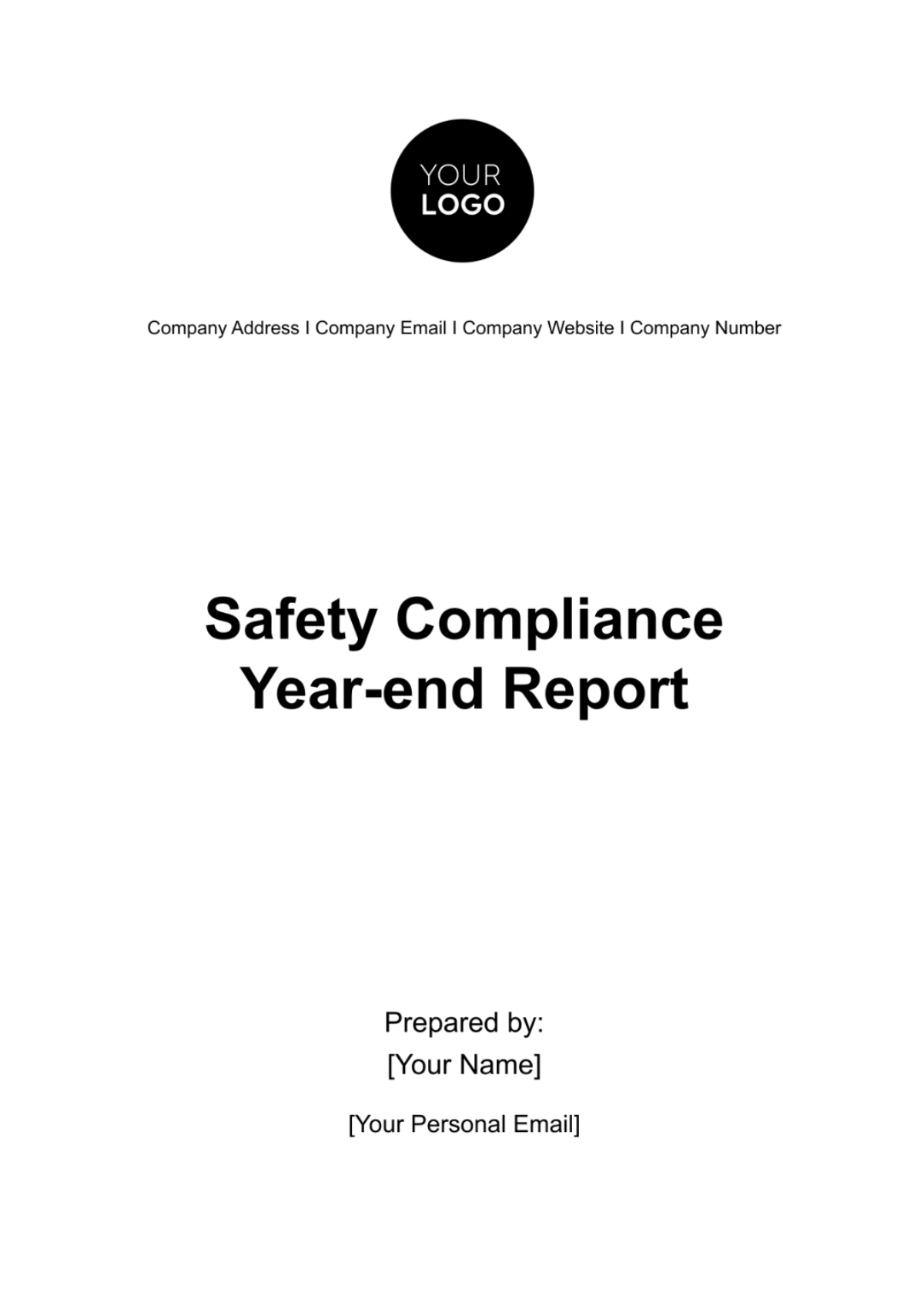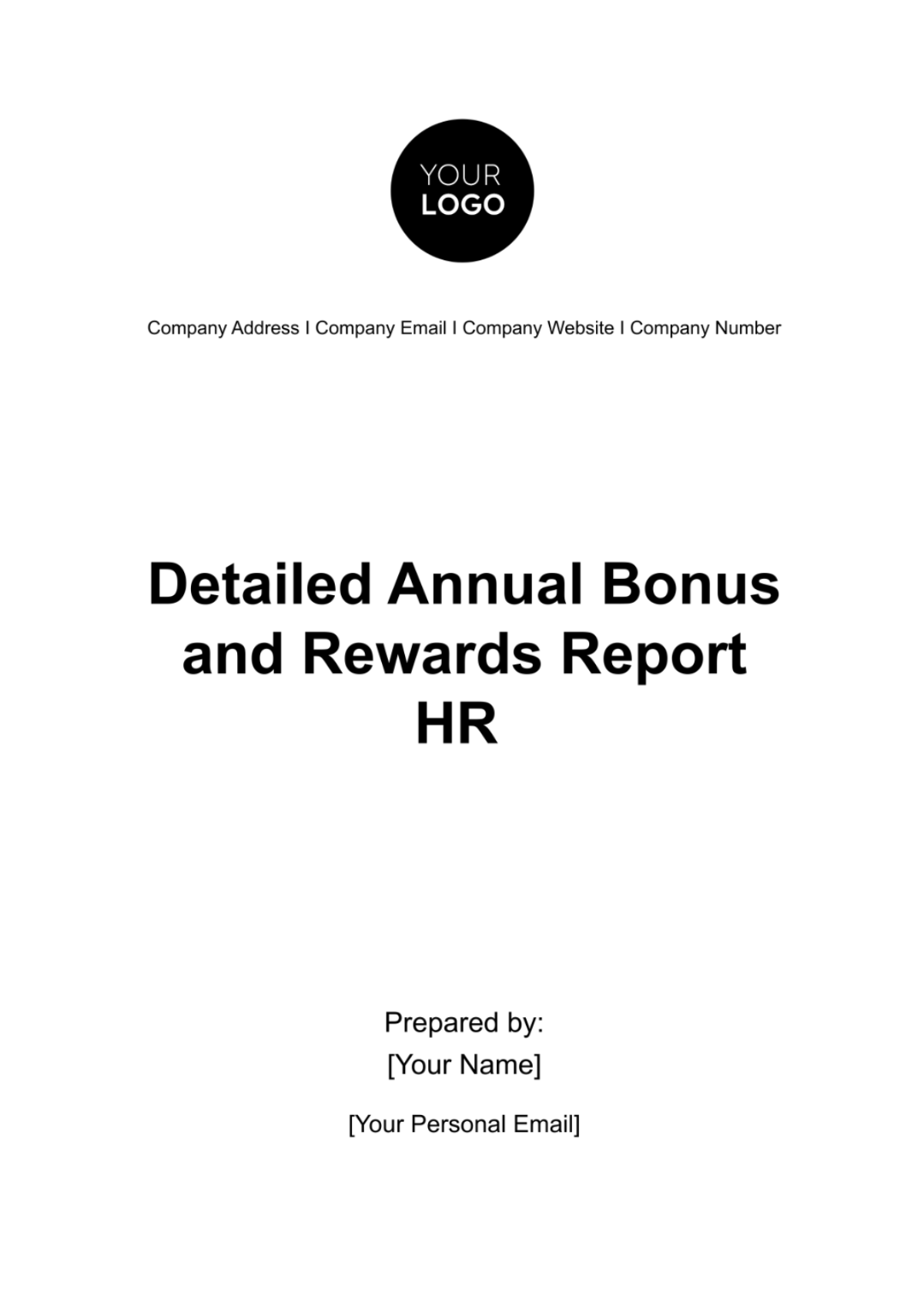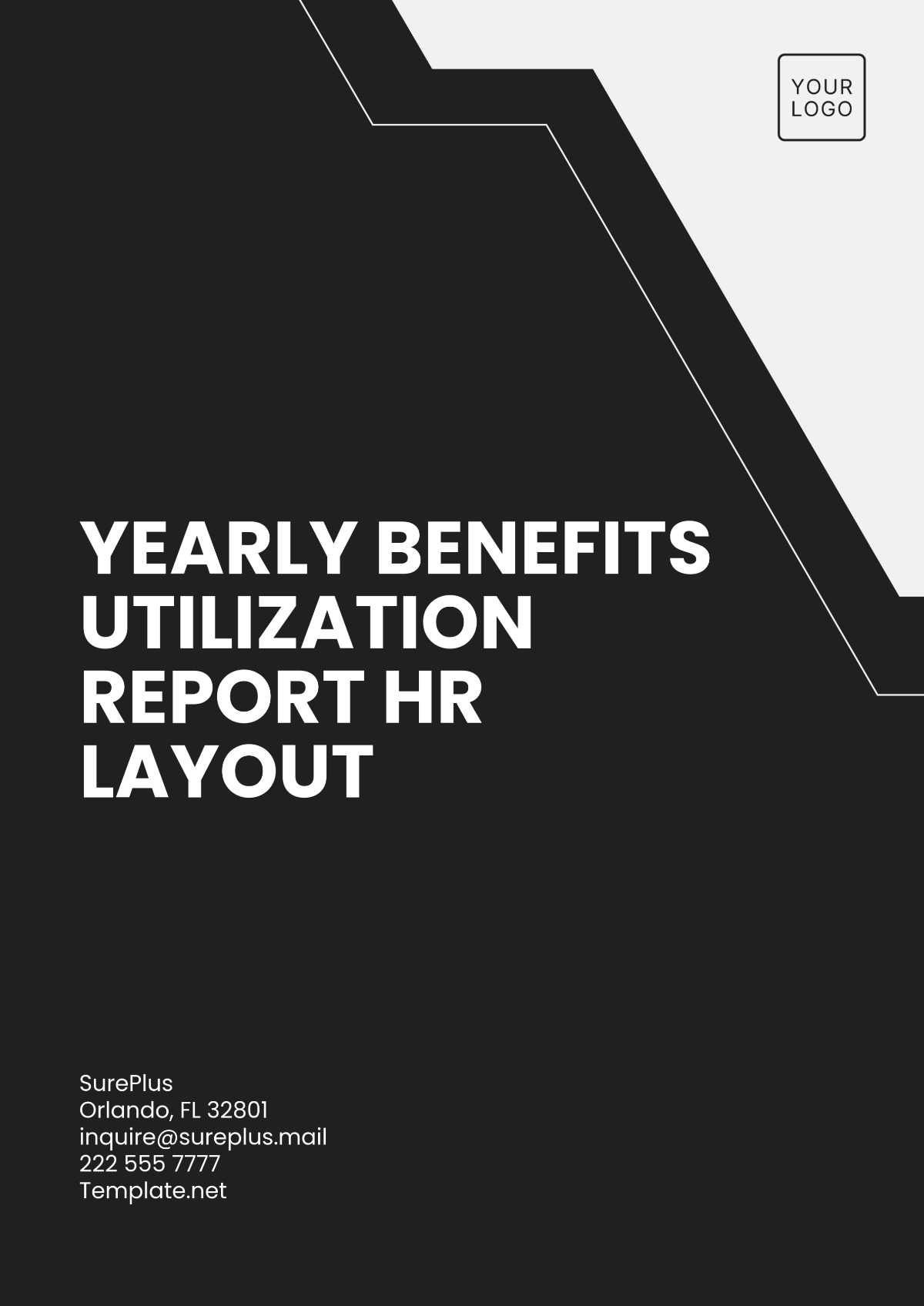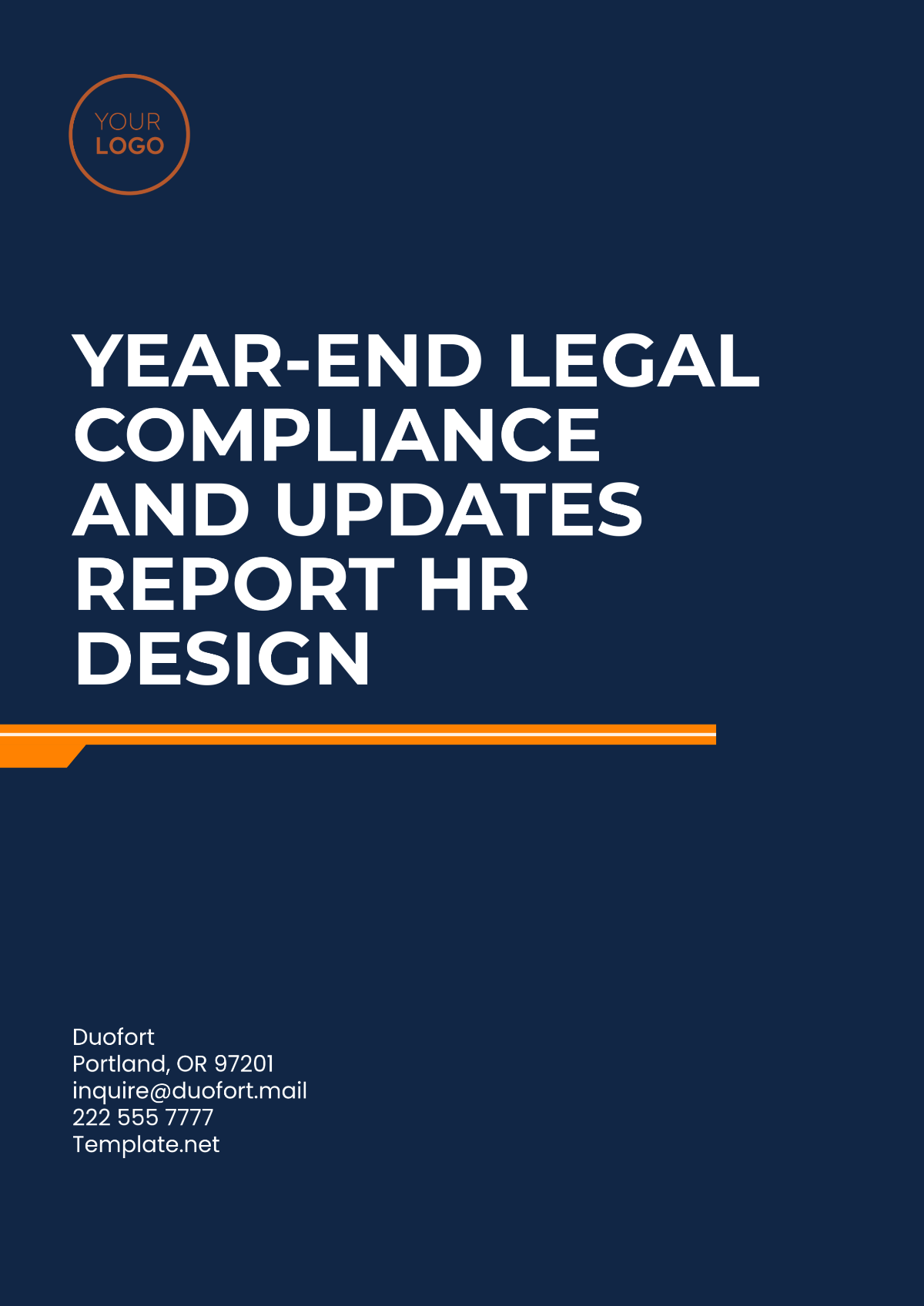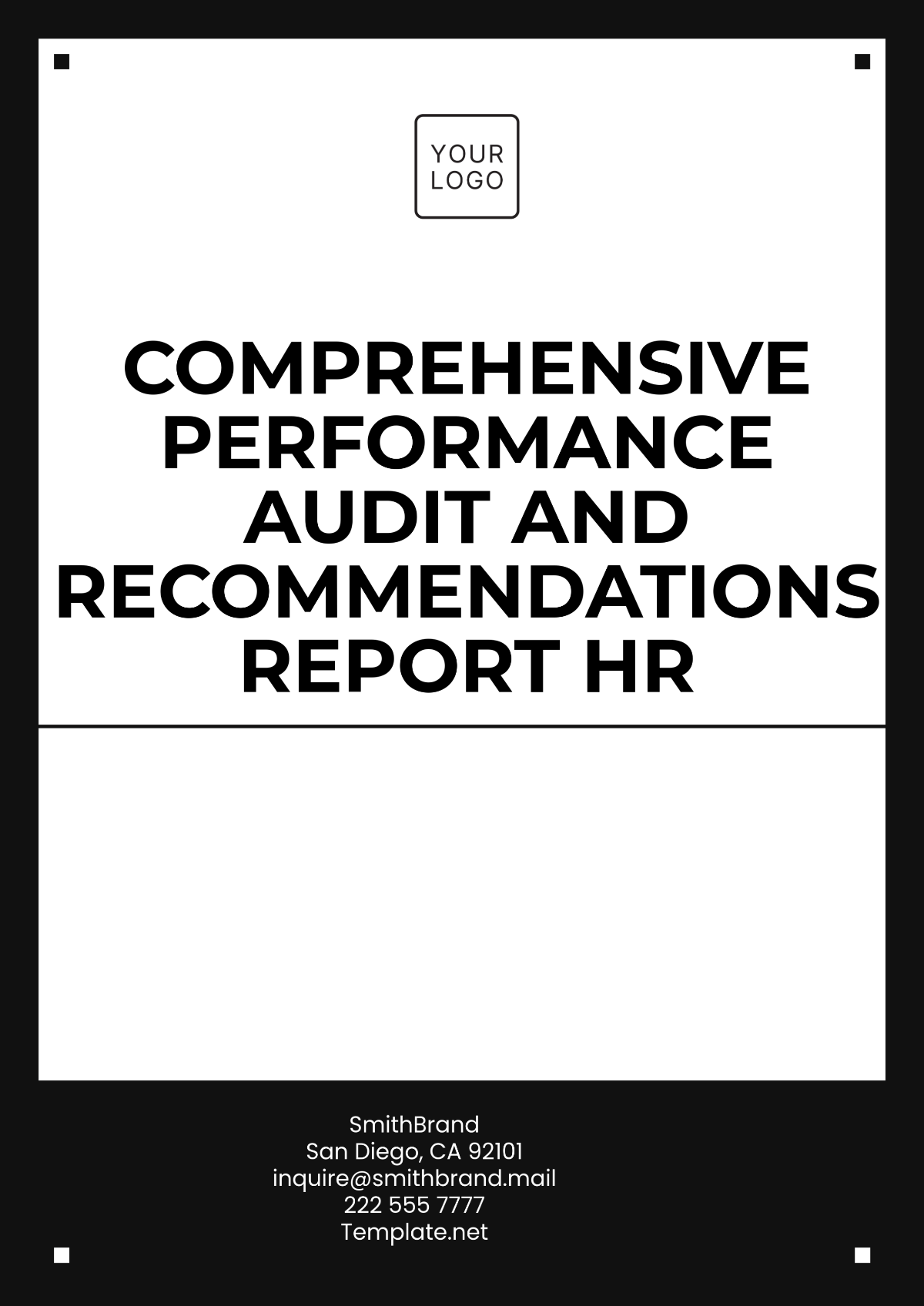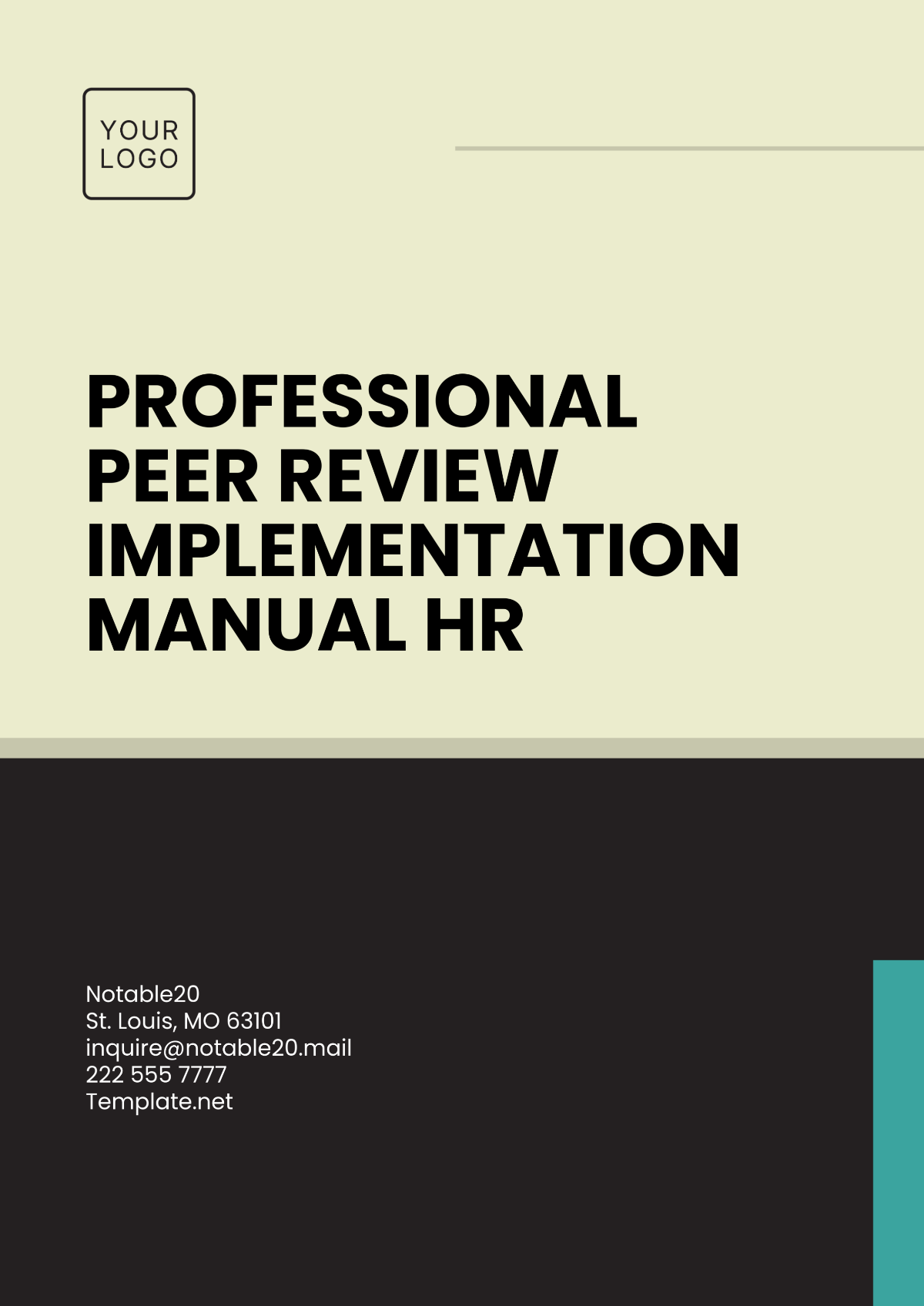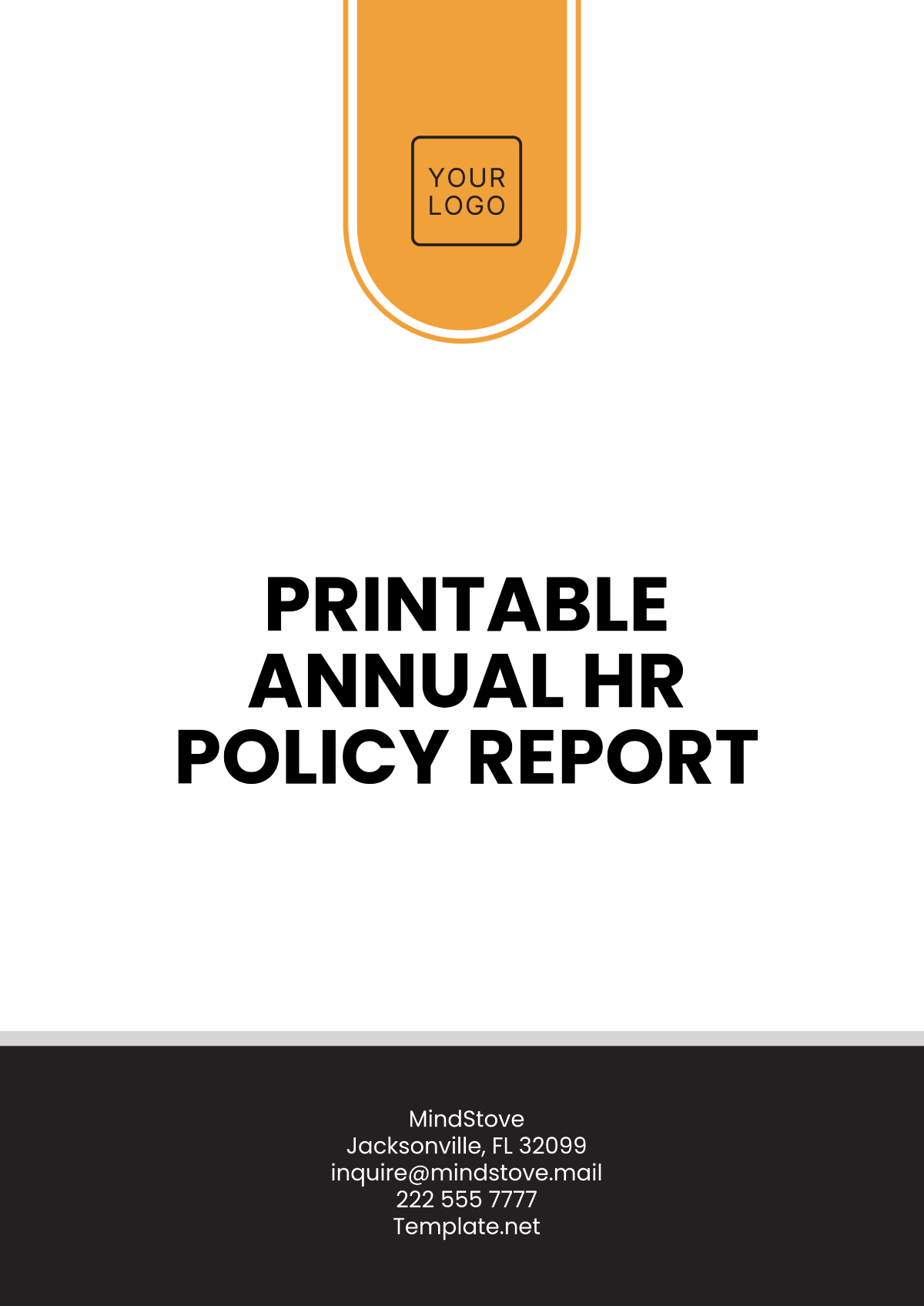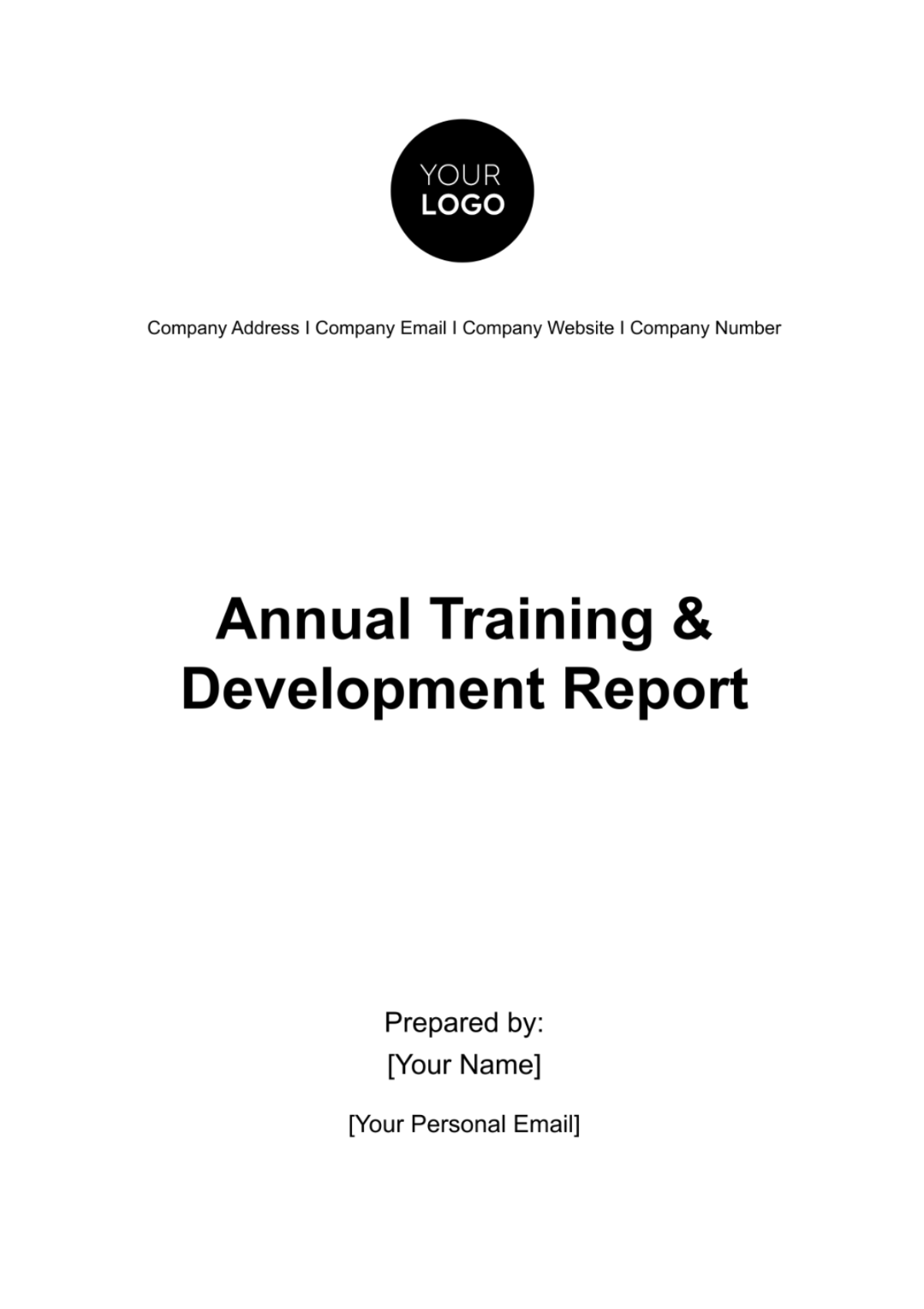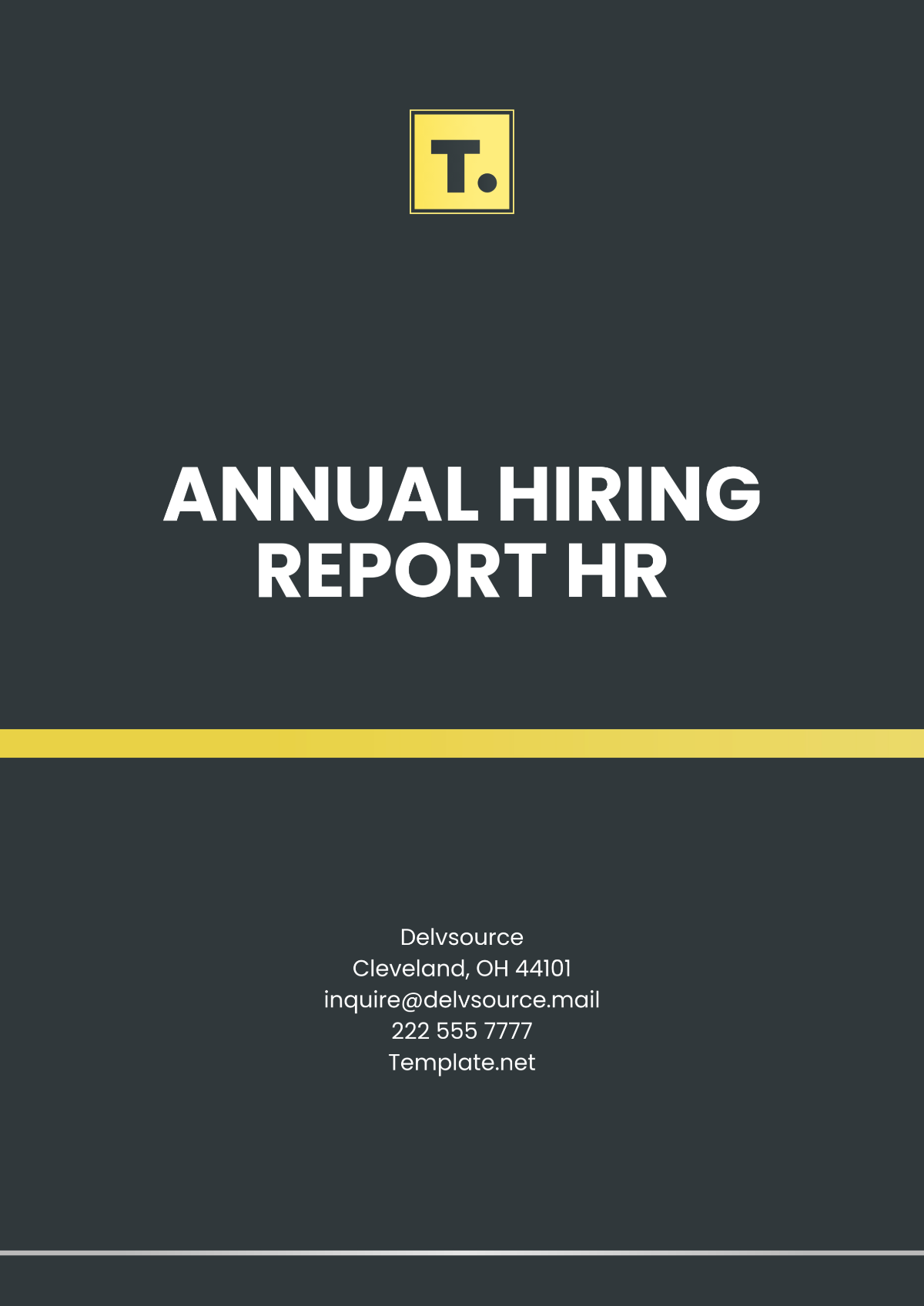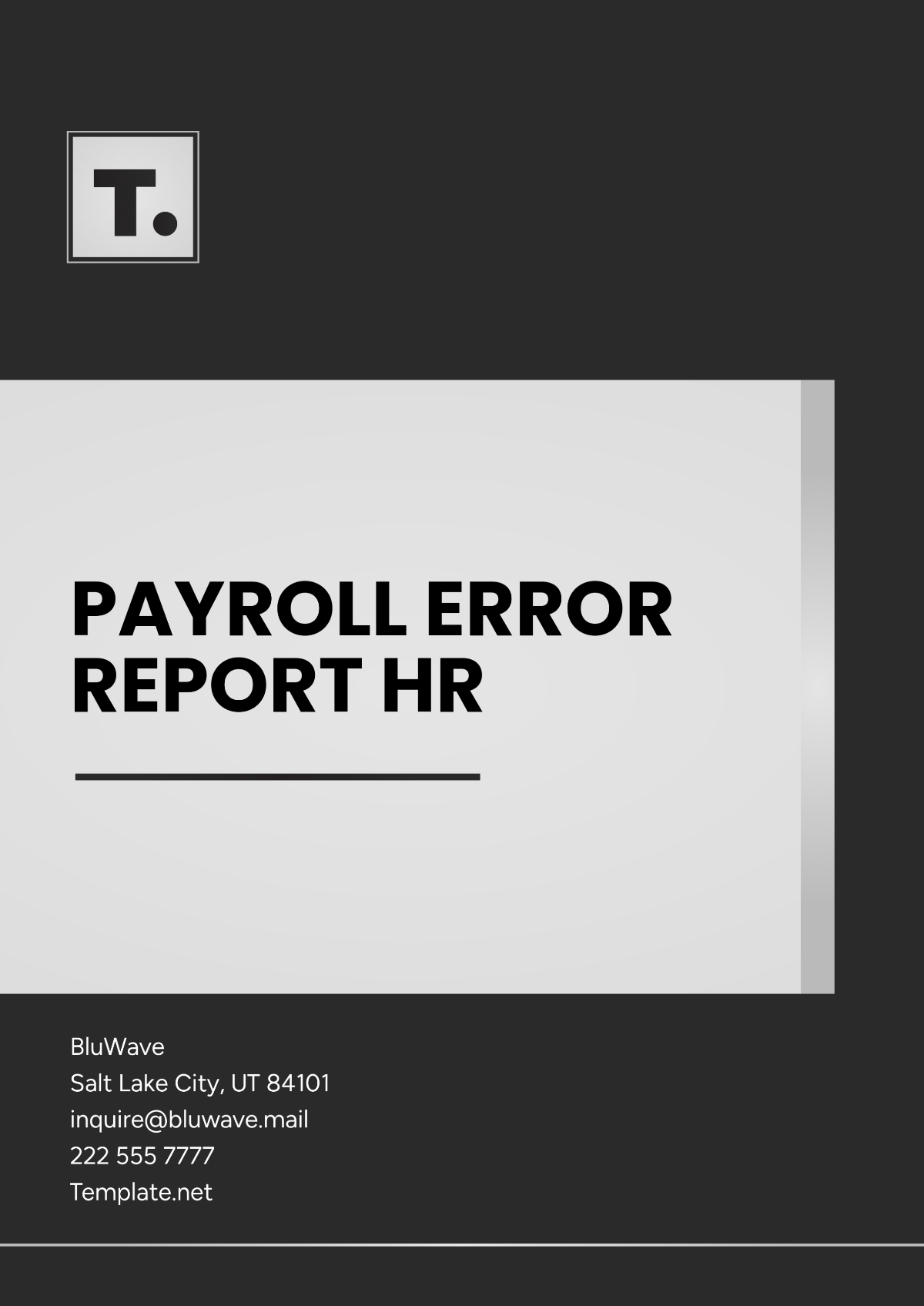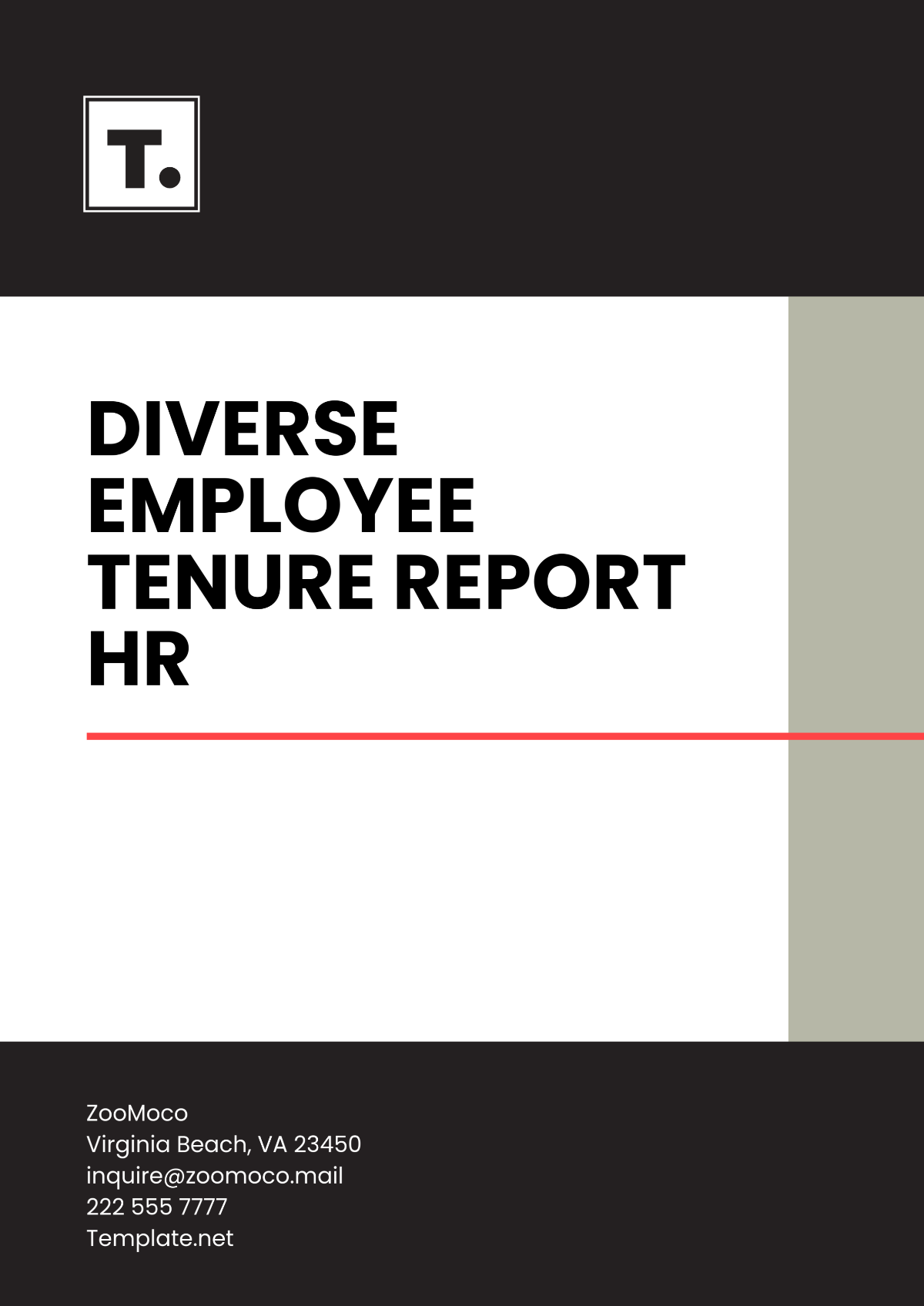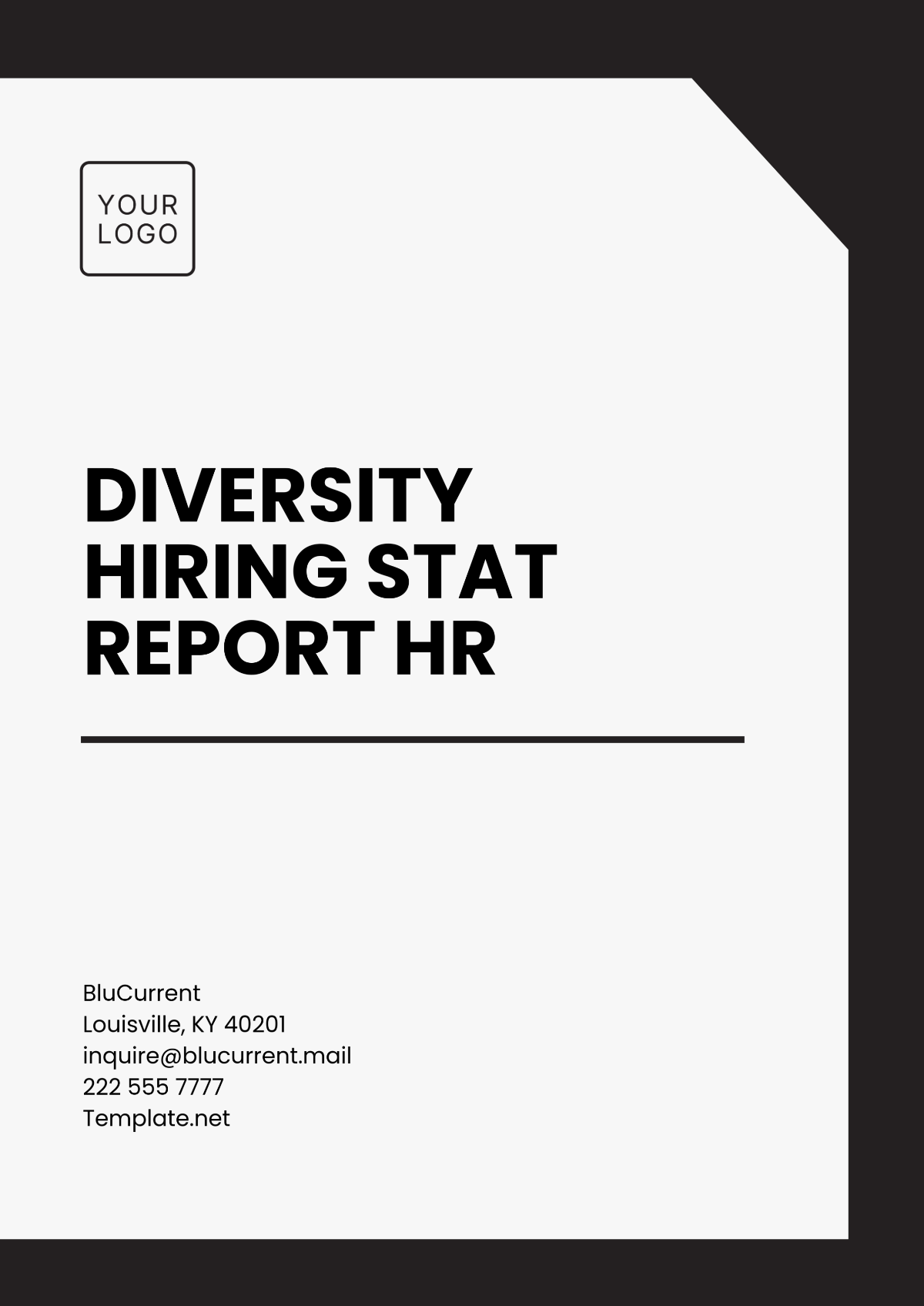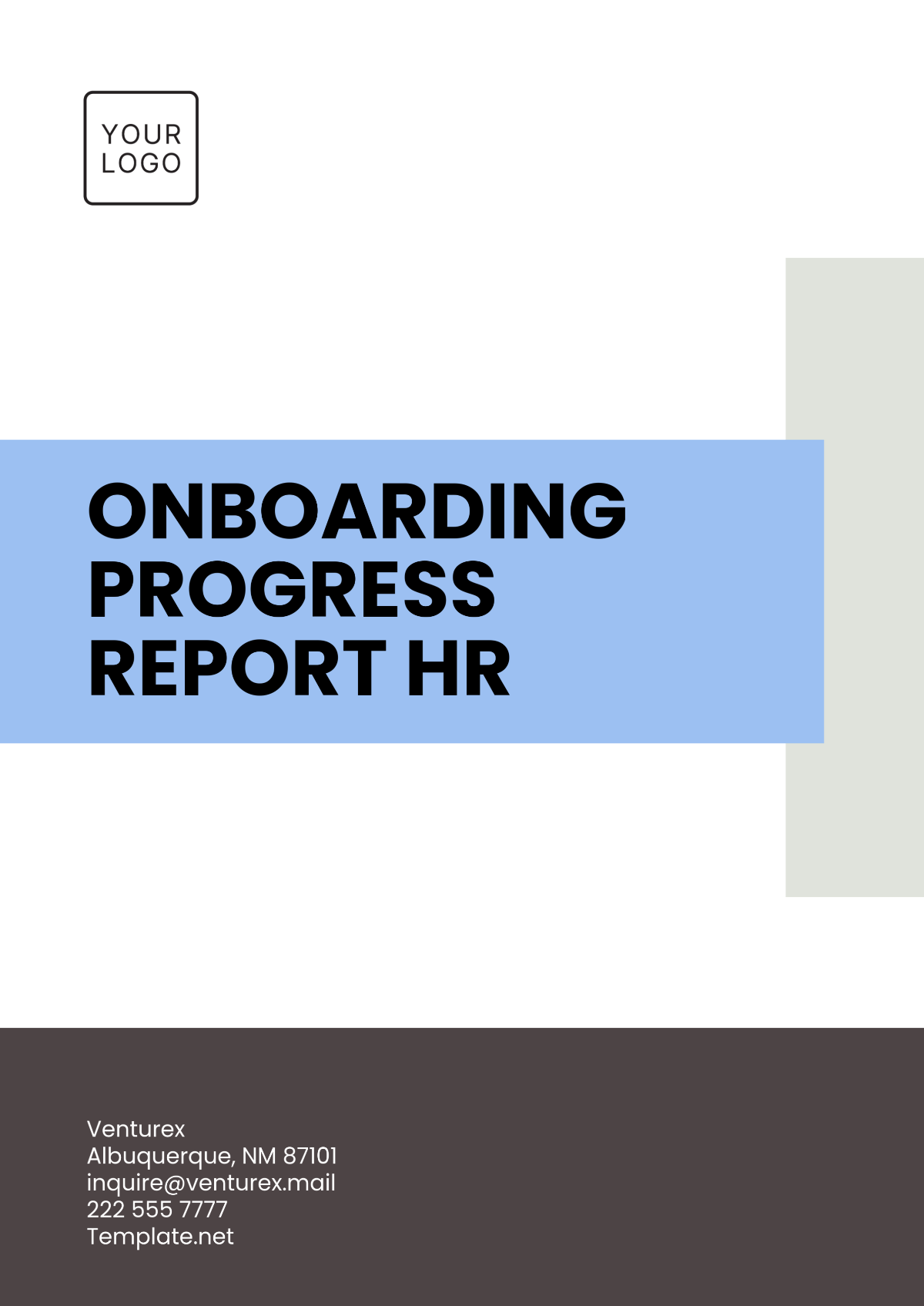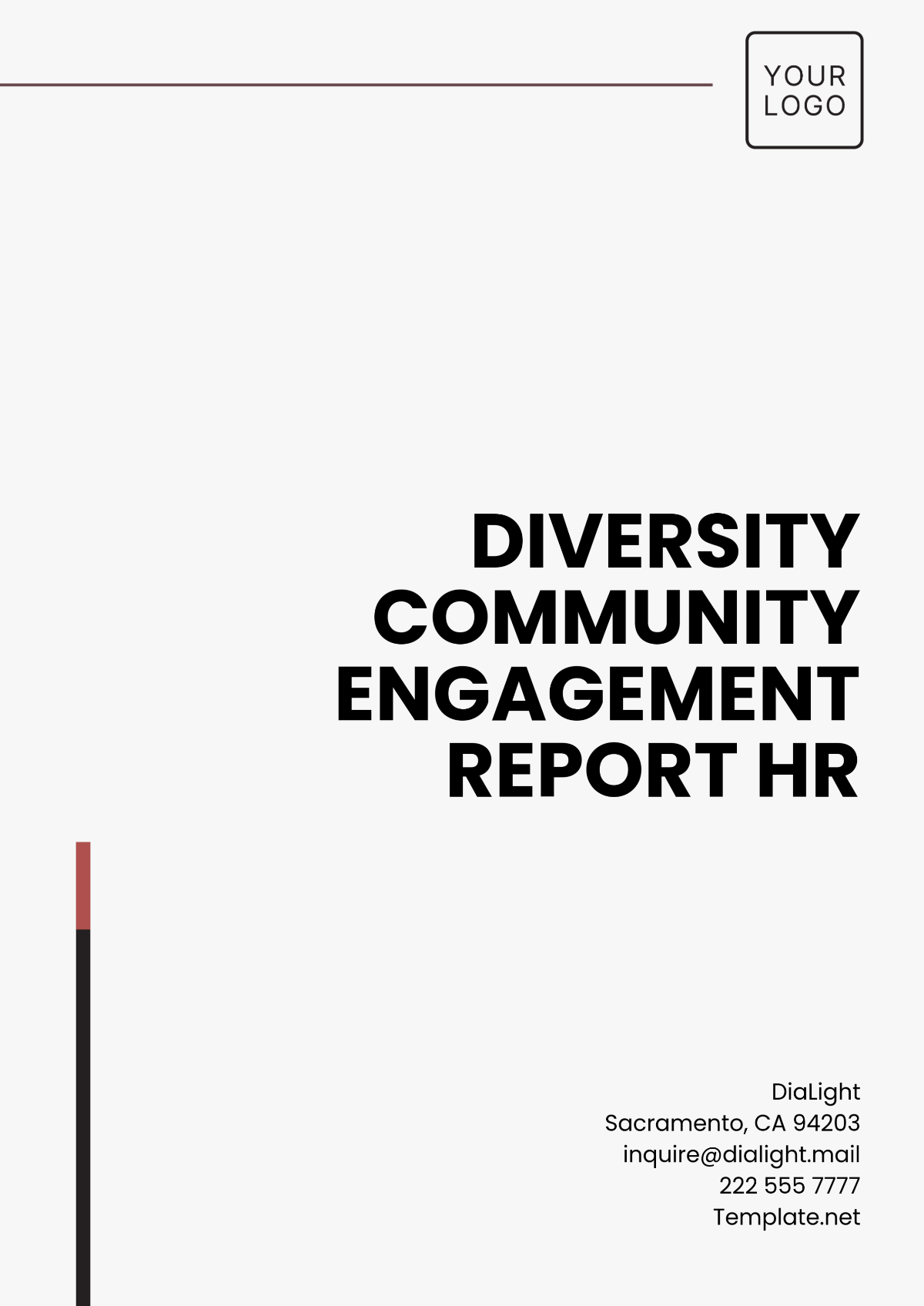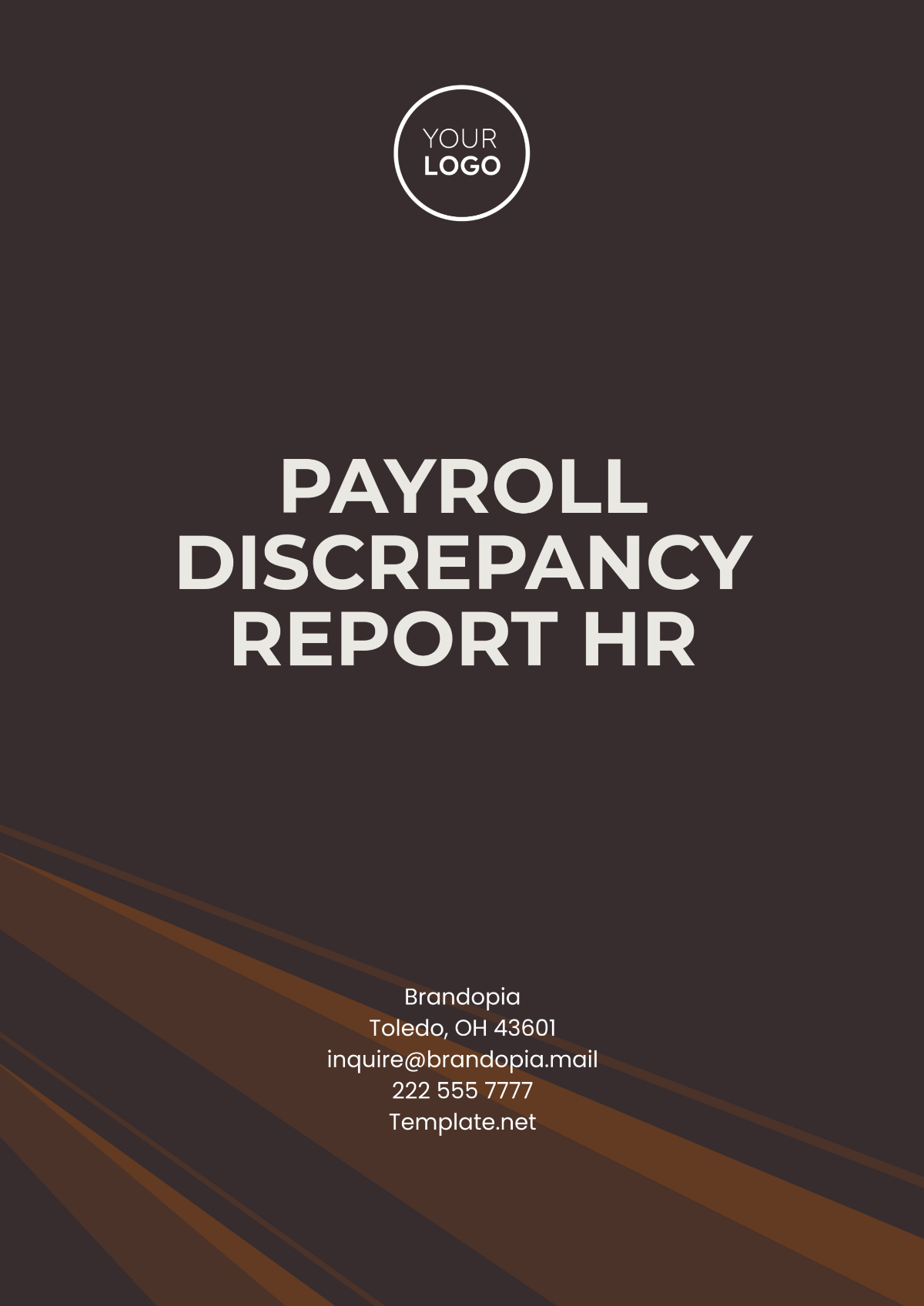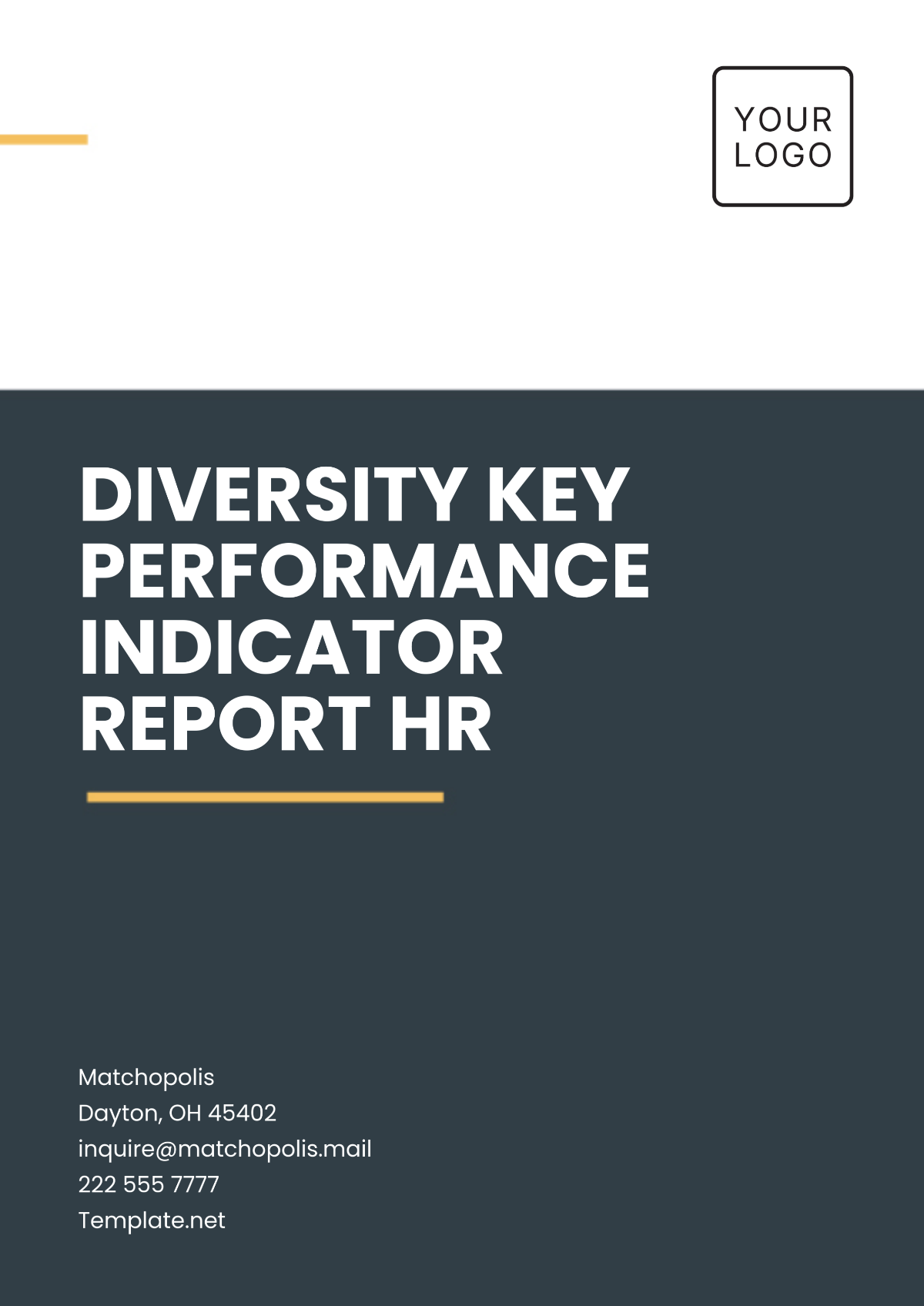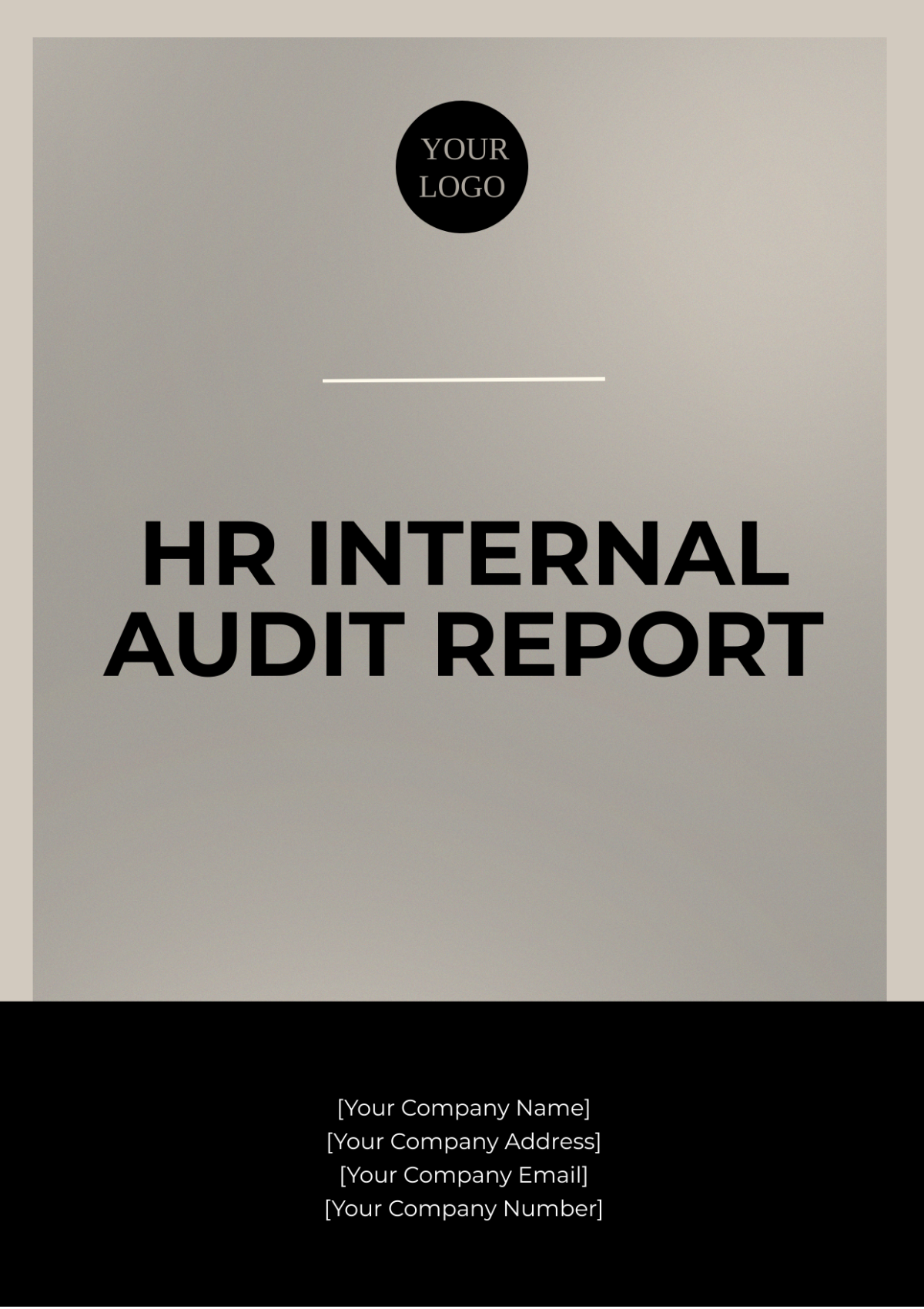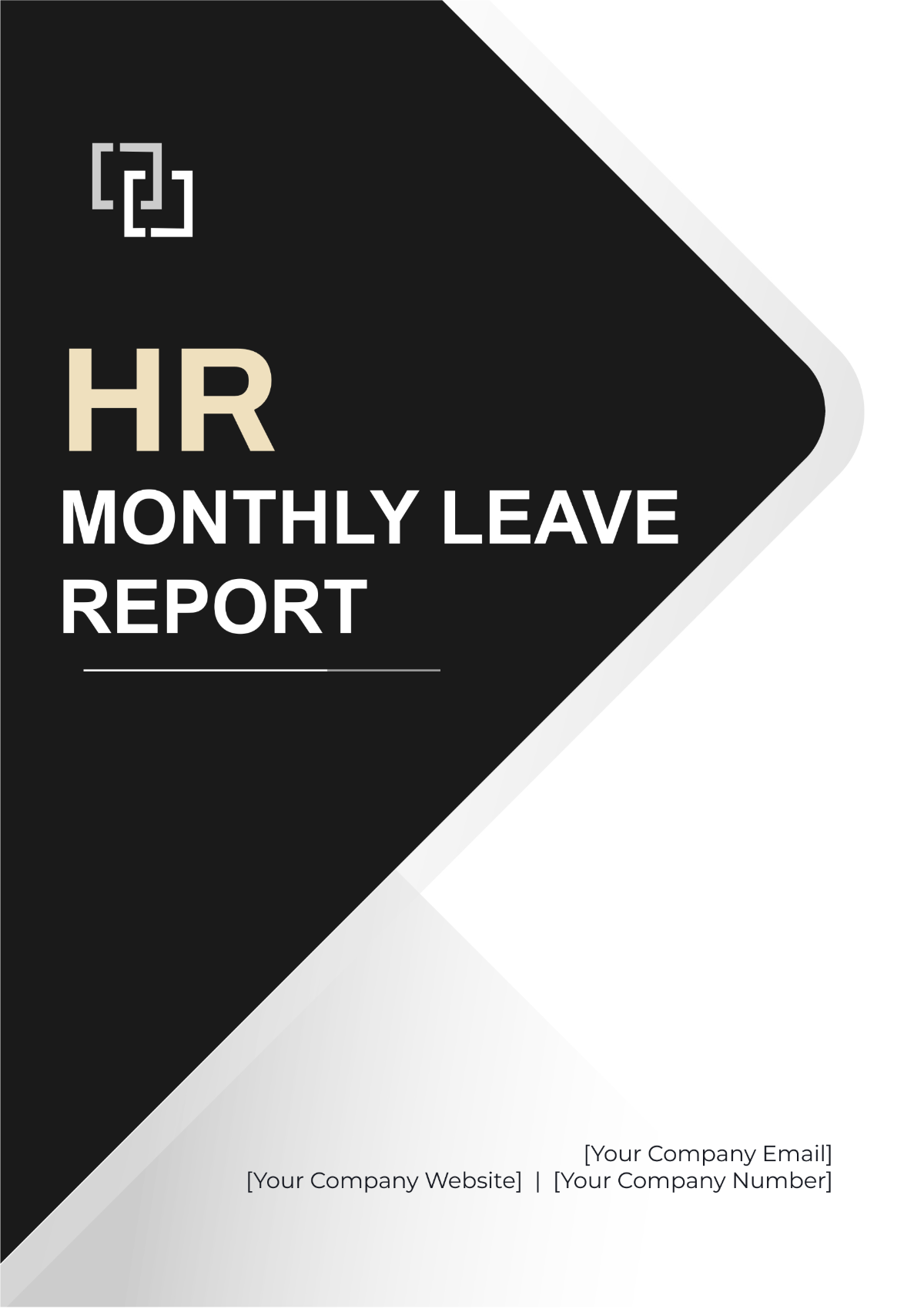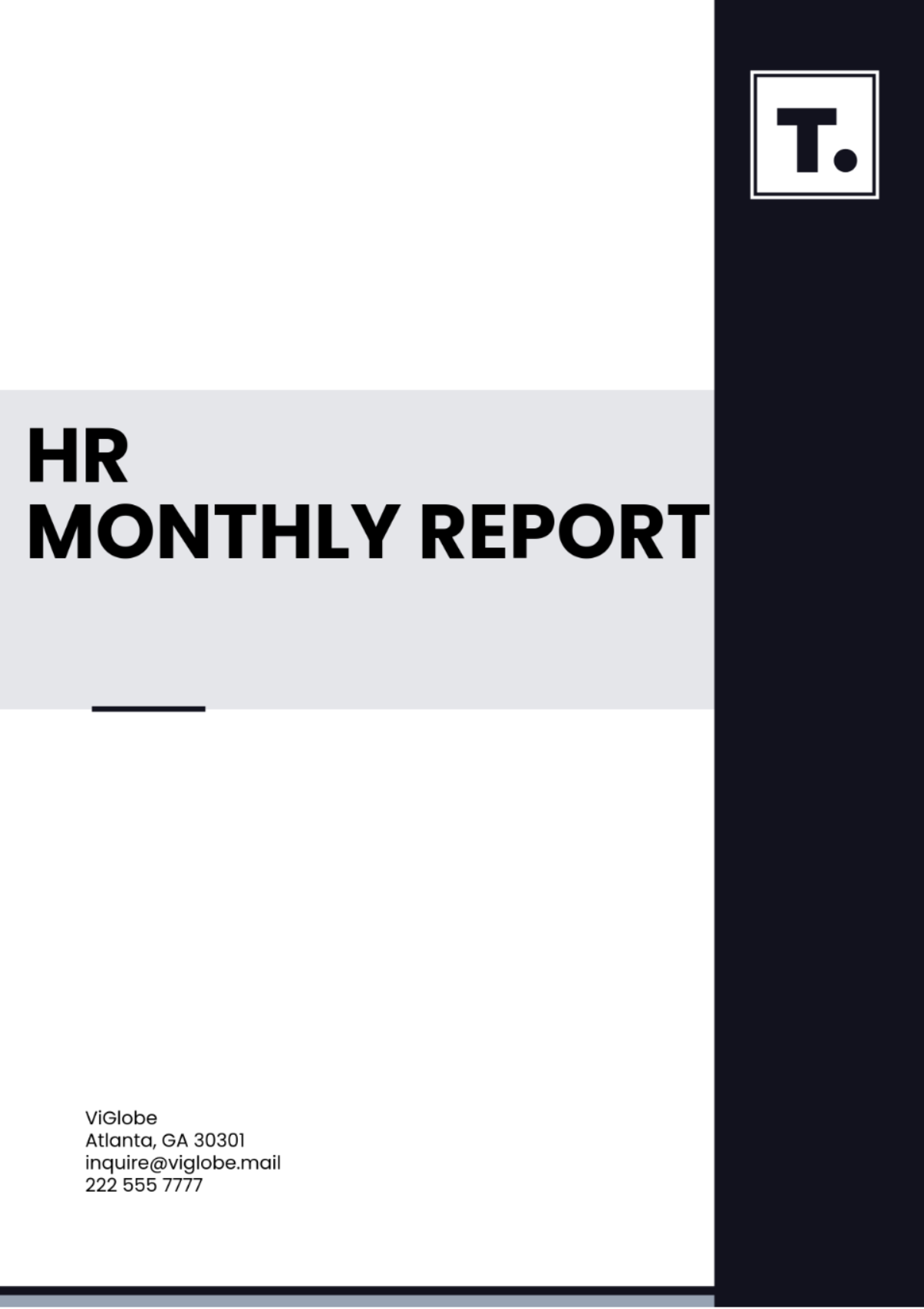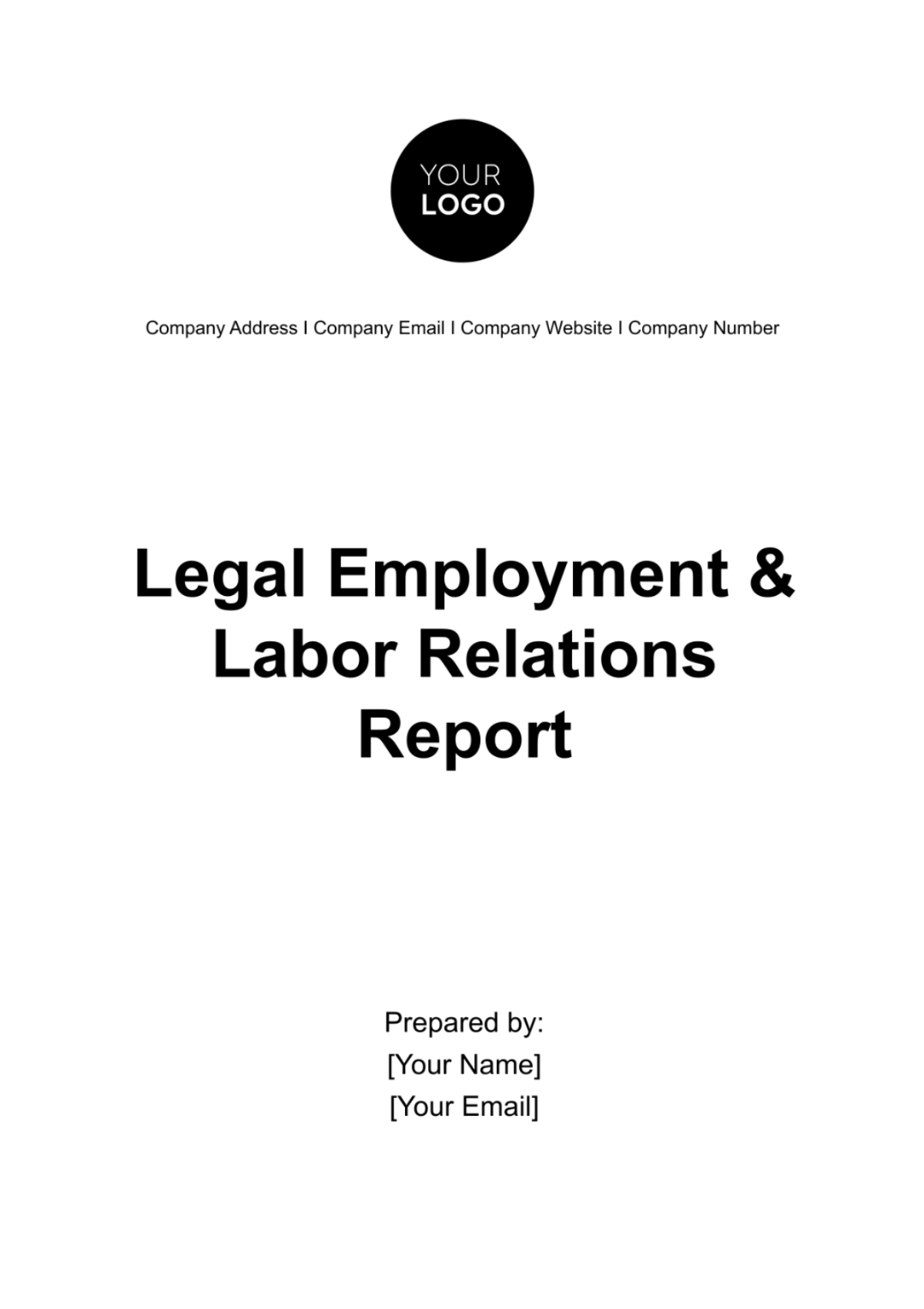Payroll Error Report HR
Prepared by: [Your Name]
Company: [Your Company Name]
Date: [Insert Date]
Objective
The objective of this report is to identify and analyze errors in the payroll system, highlight their causes, and propose corrective actions to ensure accurate and timely salary disbursements. This will help in maintaining employee satisfaction and avoiding financial discrepancies within the organization.
Introduction
Payroll processing is a critical function of the human resources department that ensures employees are paid accurately and on time. However, errors in payroll processing can occur due to various reasons, leading to financial discrepancies and employee dissatisfaction. This report provides a comprehensive analysis of payroll errors detected in the recent payroll cycle.
Types of Payroll Errors
Incorrect Salary Calculations
Overpayments and Underpayments
Tax Deductions Errors
Incorrect Employee Details
Benefit Deduction Errors
Error Analysis
Incorrect Salary Calculations
Errors in salary calculations often occur due to wrong data entry, incorrect formulas in spreadsheets, or misinterpretation of pay policies.
Overpayments and Underpayments
These errors result in either paying employees more or less than their entitled compensation. Such errors can arise due to duplication of data entries or incorrect application of overtime rules.
Tax Deductions Errors
Errors in tax deductions are critical as they affect compliance with federal and state tax regulations. These errors can occur due to incorrect tax codes or failing to update tax rates.
Incorrect Employee Details
Errors related to incorrect employee details include wrong bank account numbers, personal information mistakes, or incorrect employment status entries.
Benefit Deduction Errors
These occur when incorrect benefit deductions are made, affecting employee entitlements and possibly incurring additional costs for the company.
Data Collection and Methodology
Data for this report was collected via system reports from the payroll software, employee feedback, and internal audits. The errors were categorized, and their frequency was noted to identify the most prevalent types.
Findings
Error Type | Frequency | Percentage |
|---|---|---|
Incorrect Salary Calculations | 15 | 30% |
Overpayments and Underpayments | 10 | 20% |
Tax Deductions Errors | 8 | 16% |
Incorrect Employee Details | 12 | 24% |
Benefit Deduction Errors | 5 | 10% |
Root Causes
Upon analysis, the following root causes were identified for the payroll errors:
System Integration Issues: Lack of seamless integration between HR and payroll systems leading to data inconsistencies.
Human Error: Manual data entry mistakes due to lack of knowledge or oversight.
Complex Pay Structures: Intricate employee pay structures that are prone to misinterpretation.
Inadequate Training: Insufficient training of HR personnel in using the payroll systems effectively.
Policy Misinterpretation: Misinterpretation of company policies related to overtime and benefits.
Recommendations
The following recommendations are proposed to minimize payroll errors:
Implement automated checks and validations in payroll systems to reduce manual errors.
Enhance system integration between HR, time-tracking, and payroll software to ensure data consistency.
Conduct regular training and workshops for HR staff on payroll policies and system updates.
Establish clear and concise payroll policies with regular updates communicated to all stakeholders.
Perform regular audits to identify and rectify errors promptly.
Conclusion
Payroll errors can have significant financial and operational implications for any organization. By understanding the types and causes of payroll errors, the organization can take decisive actions to mitigate these risks. The implementation of the outlined recommendations will help in achieving a robust and error-free payroll system, thereby enhancing employee satisfaction and achieving compliance with regulatory standards.
